There are TVs that come for testing, and you immediately think: "oh, just another average one, probably like many others." And essentially... that's true. The TCL C7K doesn't try to dethrone OLEDs, nor does it scream "revolution!" from the box. And yet, after a few days of testing, it's hard not to think: "wow, this is really good gear." And that's exactly what the C7K is. The biggest advantage of the C7K is the decent picture at a reasonable price – MiniLED and quantum dots do their job here. The colours are vibrant, the brightness is satisfactory, the contrast impresses, and with the right settings, you can truly enjoy viewing in the best quality. The second strong point is motion smoothness – both in sports and gaming. Support for HDMI 2.1, variable refresh rate, 144 Hz, and a whole heap of other features makes gaming on this TV a pure pleasure. On top of that, there's Google TV, which – despite some minor shortcomings – offers access to almost an endless library of apps. Voice control, quick access to YouTube, Netflix, AirPlay support – it has everything you need for daily use. Are there downsides? Of course. The Google TV system can have moments of "hesitation," and MiniLED – like any MiniLED – can stumble on very challenging movie scenes. But these are details. After all, the C7K is a mid-range model – and in this class, it performs remarkably well. So if you’re looking for a reasonably priced, modern TV with Google TV that looks good, works well, and sounds pretty decent without breaking the bank – the TCL C7K definitely deserves your attention.
- Matching (Score)
- Our verdict
- TV appearance
- Where to buy
- Contrast and black detail
- HDR effect quality
- Factory color reproduction
- Color reproduction after calibration
- Smoothness of tonal transitions
- Image scaling and smoothness of tonal transitions
- Blur and motion smoothness
- Console compatibility and gaming features
- Input lag
- Compatibility with PC
- Viewing angles
- TV efficiency during daytime
- Details about the matrix
- TV features
- Apps
- Playing files from USB
- Sound
TCL C7K / QM7K vs LG QNED86A / QNED85A / QNED87A
Direct compare
C7K / Q7C / MQLED85K / C79K / C71K / QM7K
QNED85A / QNED86A / QNED87A / A6A / A6B / A6C
Available screen sizes: 50”
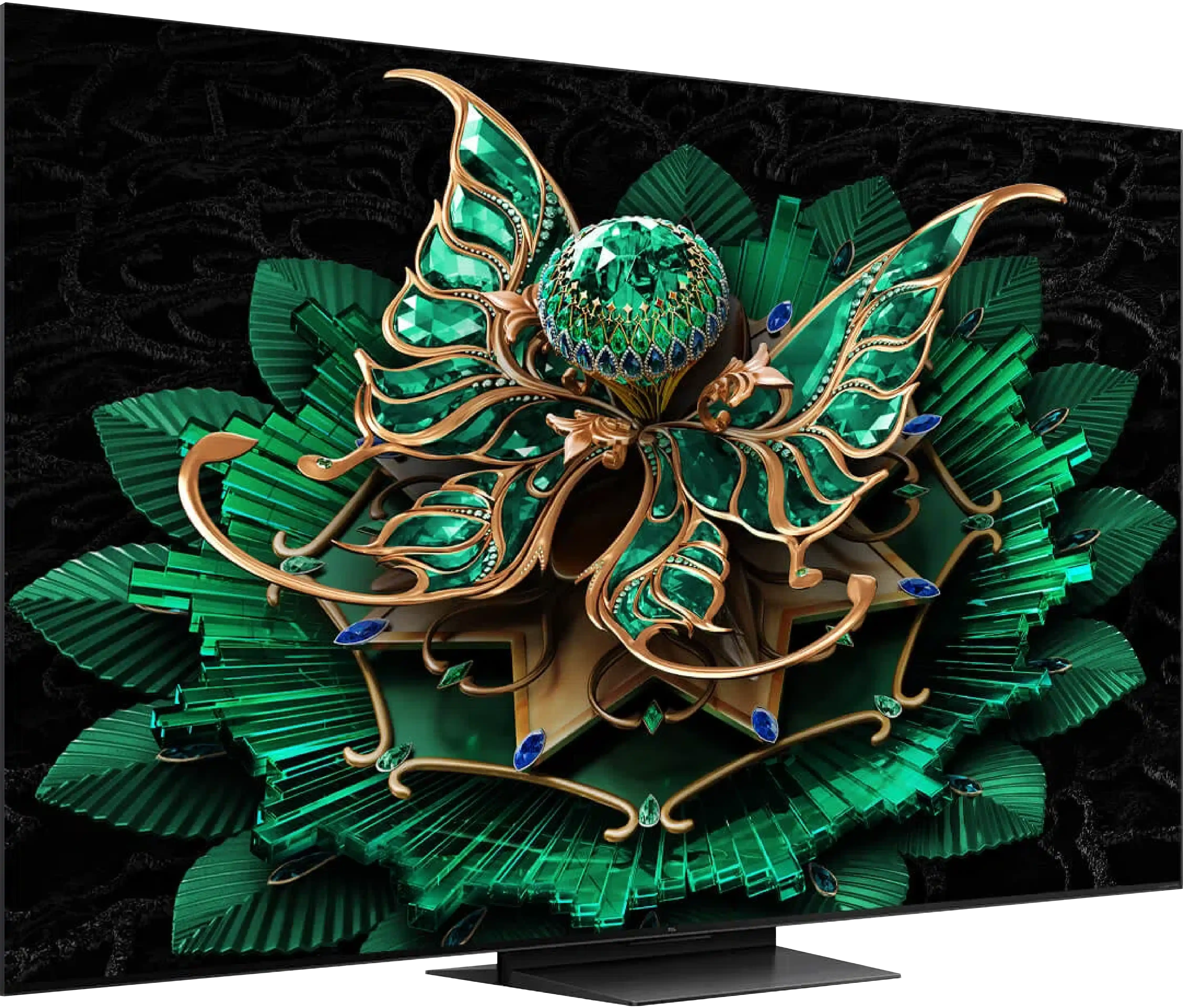

Panel type: LCD VA
Resolution: 3840x2160
System: Google TV
Model year: 2025
Complete the survey to find out the result

Panel type: LCD IPS
Resolution: 3840x2160
System: WebOS
Model year: 2025
Complete the survey to find out the result

Overall rating
7.2
7.0
Movies and series in UHD quality
6.7
6.4
Classic TV, YouTube
6.5
6.2
Sports broadcasts (TV and apps)
6.6
7.2
Gaming on console
8.5
8.4
TV as a computer monitor
8.4
8.0
Watching in bright light
6.1
5.8
Utility functions
7.3
8.4
Apps
9.6
9.1
Sound quality
7.0
6.0
Complete the survey to find out what fits your preferences
Advantages
Very good black - VA panel with a large number of Mini-LED zones
High brightness in HDR - over 1000 nits
Great for gamers - HDMI 2.1, low input lag, VRR, ALLM etc.
Good motion fluidity - 144Hz panel
Support for multiple HDR formats: HDR10, HDR10+, Dolby Vision
Google TV operating system with access to a huge app base
Pleasant sound from built-in speakers
120 Hz panel, great for sports and gaming
Very low input lag
Excellent for gamers (VRR, ALLM, HGiG etc.)
Full set of HDMI 2.1 ports
Good compatibility with PC (great font readability)
Bright picture (about 700 nits in HDR), suitable for moderately bright rooms
Good viewing angles (IPS)
Support for Dolby Vision
User-friendly webOS operating system with Magic Remote control featuring voice assistant
Ability to record programs to USB
Disadvantages
Google TV can have minor stutters
No USB recording and PiP function
Very poor black levels and contrast due to the IPS panel
Lack of the advertised 144 Hz in PC mode
Aggressive “light stripes” when local dimming is turned on (edge local dimming ruins evening movie sessions)
Confusion in model names and versions – even TVs with the same name in different stores can have different stands (central or two legs) or frame colours, which can be quite misleading when making a purchase.
Our verdict
QNED86A6A is a television that really does a great job in its price class when it comes to sports, gaming, and everyday TV viewing. The 120 Hz panel makes the image smooth, and the motion sharp, which will be appreciated by both fans and gamers. Additionally, it has low input lag along with a full suite of gaming features such as HGiG, VRR, and ALLM. The television works just as well with a computer as it does with a console, so in the office or on a desk in the 43” version, it will serve excellently as a work monitor. Another strong point is the webOS system. It’s a fast, stable, and app-rich operating system that paired with the Magic Remote provides very convenient operation. The new version of the remote is slimmer and fits better in the hand, and the on-screen cursor is a feature that many competitors lack. On top of that, there are classic features – USB recording, Bluetooth for headphones, and a full set of HDMI 2.1 with eARC and Dolby Atmos support. This makes the televisions from the QNED85 series some of the most "multimedia" televisions in their class. But there’s no point in sugar-coating it; this model also has some significant drawbacks. Its biggest disadvantage is undoubtedly the contrast, or rather the lack thereof. The IPS panel combined with the edge-lit “mini-LED” is just a very bad idea. The screen simply isn’t suitable for watching movies in a dark living room. Blacks are a greyish-blue, and local dimming can create strips of light reminiscent of lasers, which effectively ruins the viewing experience. For home cinema, it’s not a choice that can be recommended with full conviction. The second issue may not be directly related to the television itself but rather its sales. It concerns chaos in the naming conventions and differences in derivative versions. The same model, even with the same designation, can have a different colour frame or stand depending on the store. This can really be frustrating for the buyer and evoke a sense of confusion. To summarise briefly: LG QNED86A6A is a great television for sports, gaming, and everyday TV, with a convenient system and high functionality. But if you’re looking for a screen strictly for movies or series and require deep blacks, it’s better to look towards televisions that can actually be confidently referred to as Mini-LEDs.
TV appearance
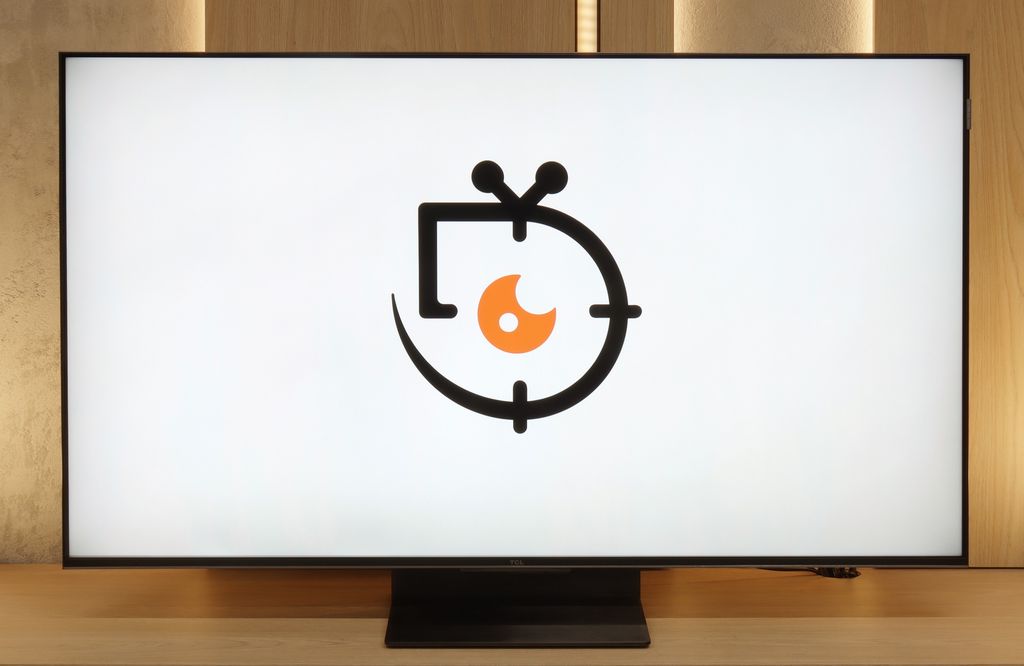
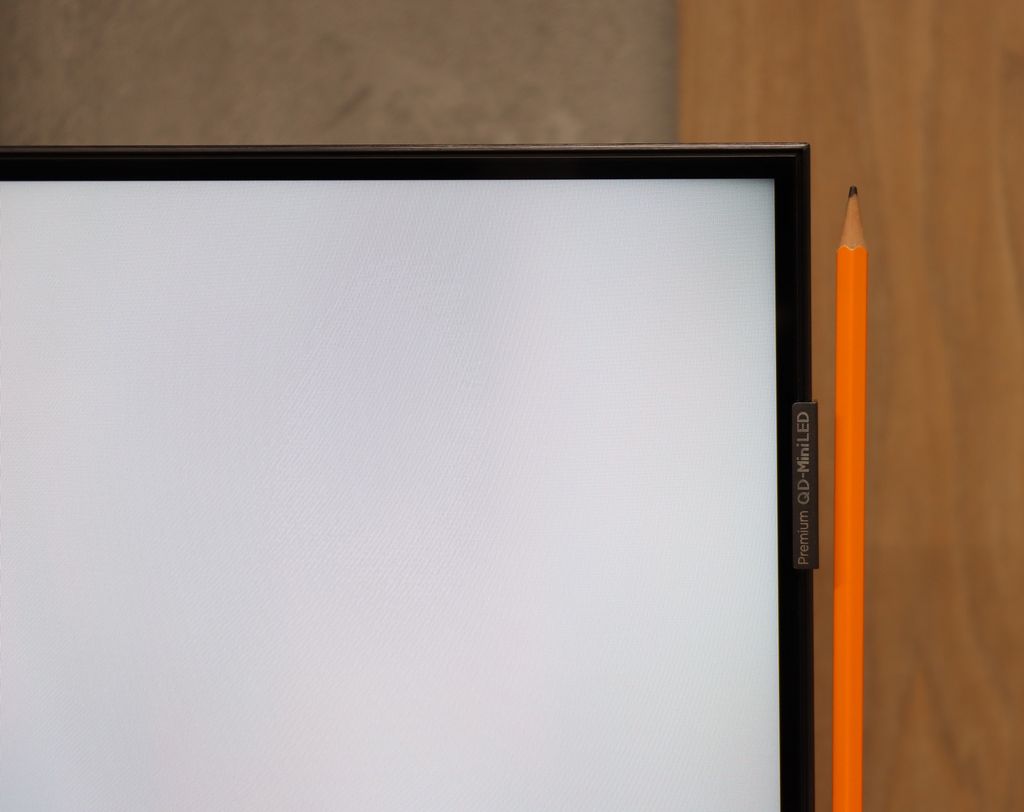
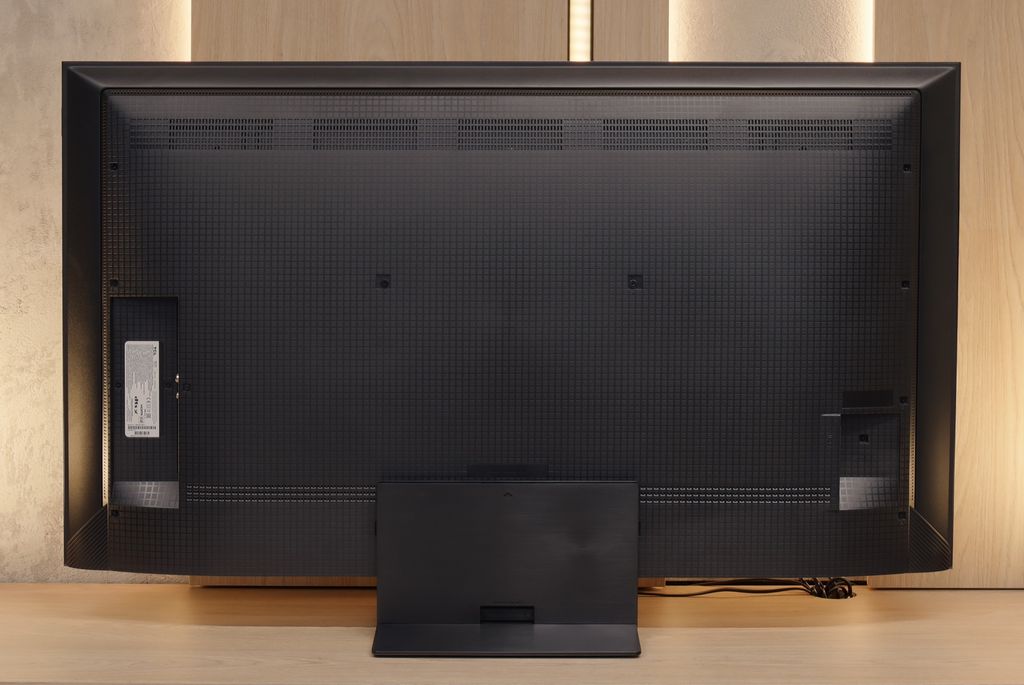
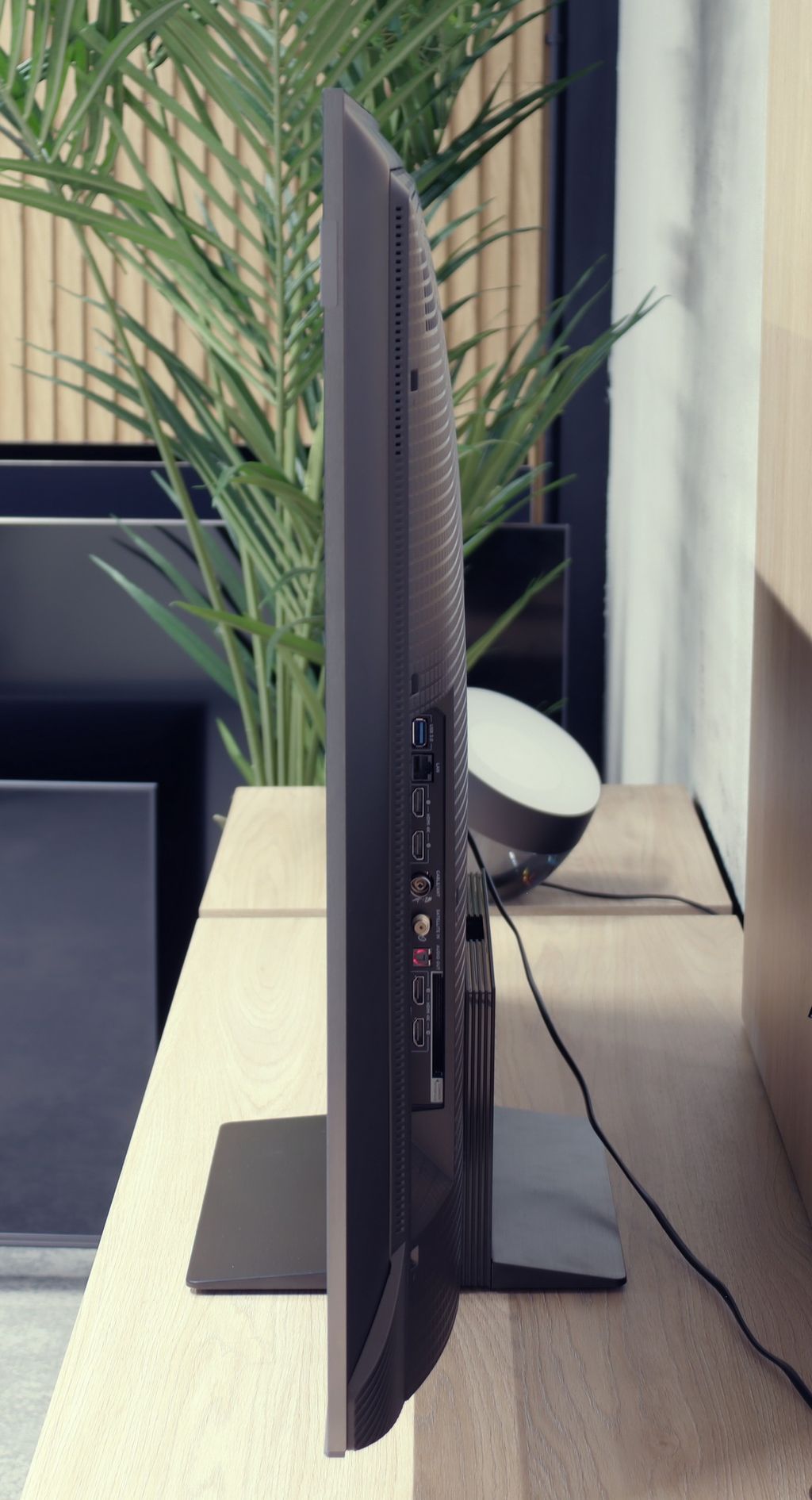



Contrast and black detail
7.1/10
3.7/10
Local dimming function: Yes, number of zones: 336 (14 x 24)
Local dimming function: Yes, number of zones: 6 (1 x 6)
Contrast:

Result
161,000:1

Result
18,750:1

Result
13,150:1

Result
6,300:1

Result
4,200:1

Result
4,050:1

Result
1,750:1

Result
4,800:1

Result
1,850:1

Result
1,350:1
Halo effect and black detail visibility:
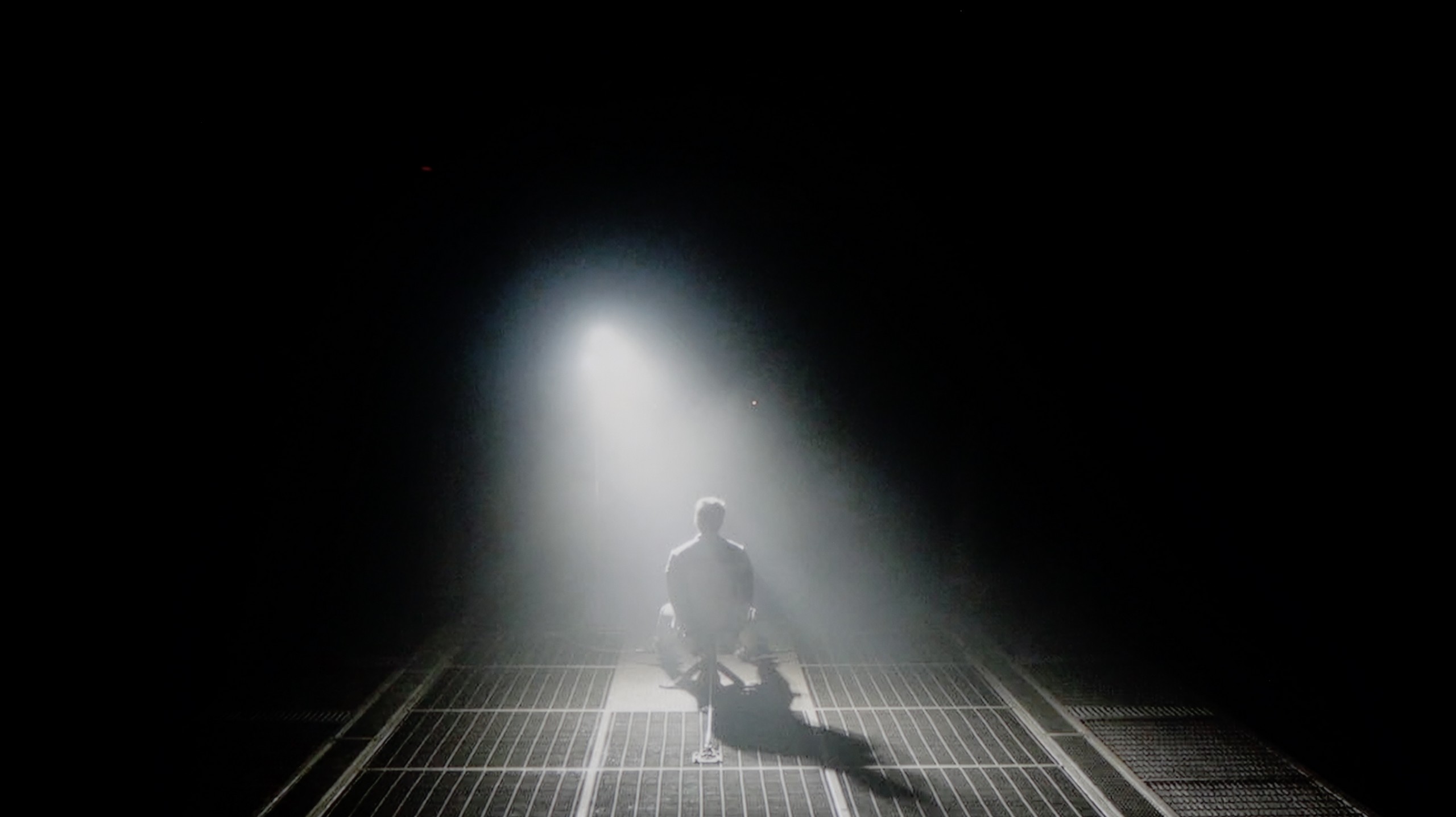

The 50-inch TCL C7K we tested surprised us right from the start – it's the smallest model in the series, yet it's equipped with a VA panel with MiniLED backlighting and – get this – as many as 336 dimming zones. By comparison, many far larger TVs from higher tiers would be happy to boast such a number. Here we have it in a 50-inch version. Sounds promising, right? So how does this translate into real viewing experiences? In the overwhelming majority of tested scenes – very well. The contrast was high enough that in measurements it reached even six-figure values, which in practice means very deep blacks and well-separated highlights. In scenes from films like The Revenant or Oblivion, the effect was impressive, matching the best LCD screens in this class.
Not everything, however, went perfectly. Despite the impressive number of zones, managing them wasn't always exemplary. In more complex scenes, where small light sources or a high level of detail appear, the TV had issues with the so-called halo effect (a glowing aura around bright objects) or overly aggressive dimming of the image. In such situations, contrast could either collapse due to overexposure of some zones or, conversely – details in bright areas vanished because the zones were suppressing light too much. Nevertheless, it's worth emphasising that in the vast majority of scenes the contrast was more than satisfactory. And considering the size of the TV and the price, the final effect will satisfy not only average users.
While the manufacturer describes the QNED86A as a Mini-LED television, there’s no sign of the multi-zone local dimming system known from pricier models. In practice, we have a classic edge lighting system, which only allows for dimming horizontal strips of the screen from top to bottom. Combined with a low-contrast IPS/ADS panel, the effect is simply poor. If we choose to leave local dimming on, a problem arises - the television can illuminate selected areas in such a way that it looks like “flying lasers” crossing the screen. This is very distracting and in such conditions, it’s hard to talk about truly cinematic experiences. Therefore, in our opinion, it's better to turn this function off. However, one must reckon with the fact that the contrast then drops to around 1500:1, but at least the image doesn’t irritate with artificial flashes.
HDR effect quality
5.4/10
6/10
Luminance measurements in HDR:

Result
1051 nit

Result
185 nit

Result
454 nit

Result
200 nit

Result
836 nit

Result
602 nit

Result
524 nit

Result
690 nit

Result
512 nit

Result
500 nit
Scene from the movie “Pan” (about 2800 nits)
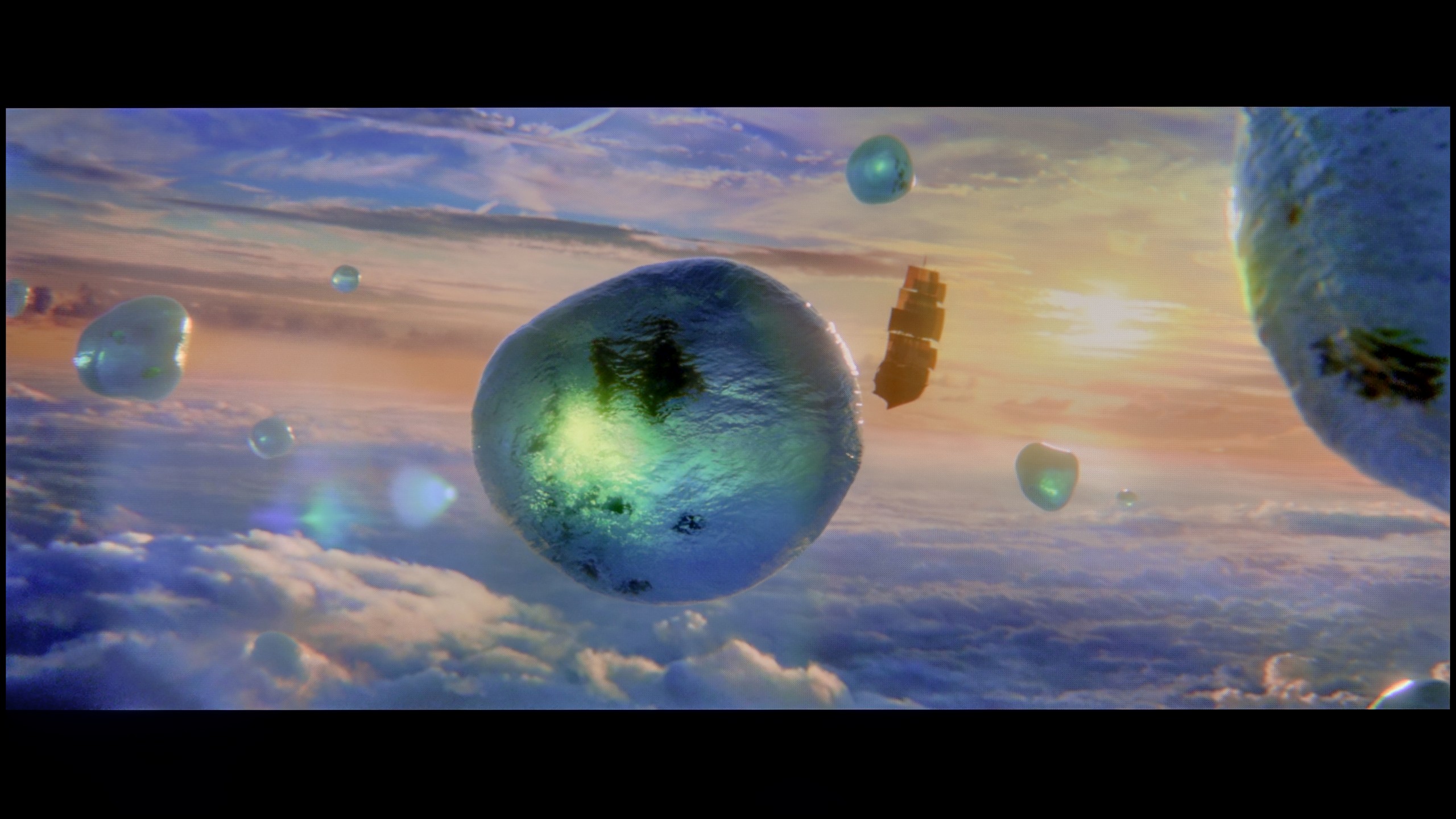

Scene from the movie “Billy Lynn” (about 1100 nits)
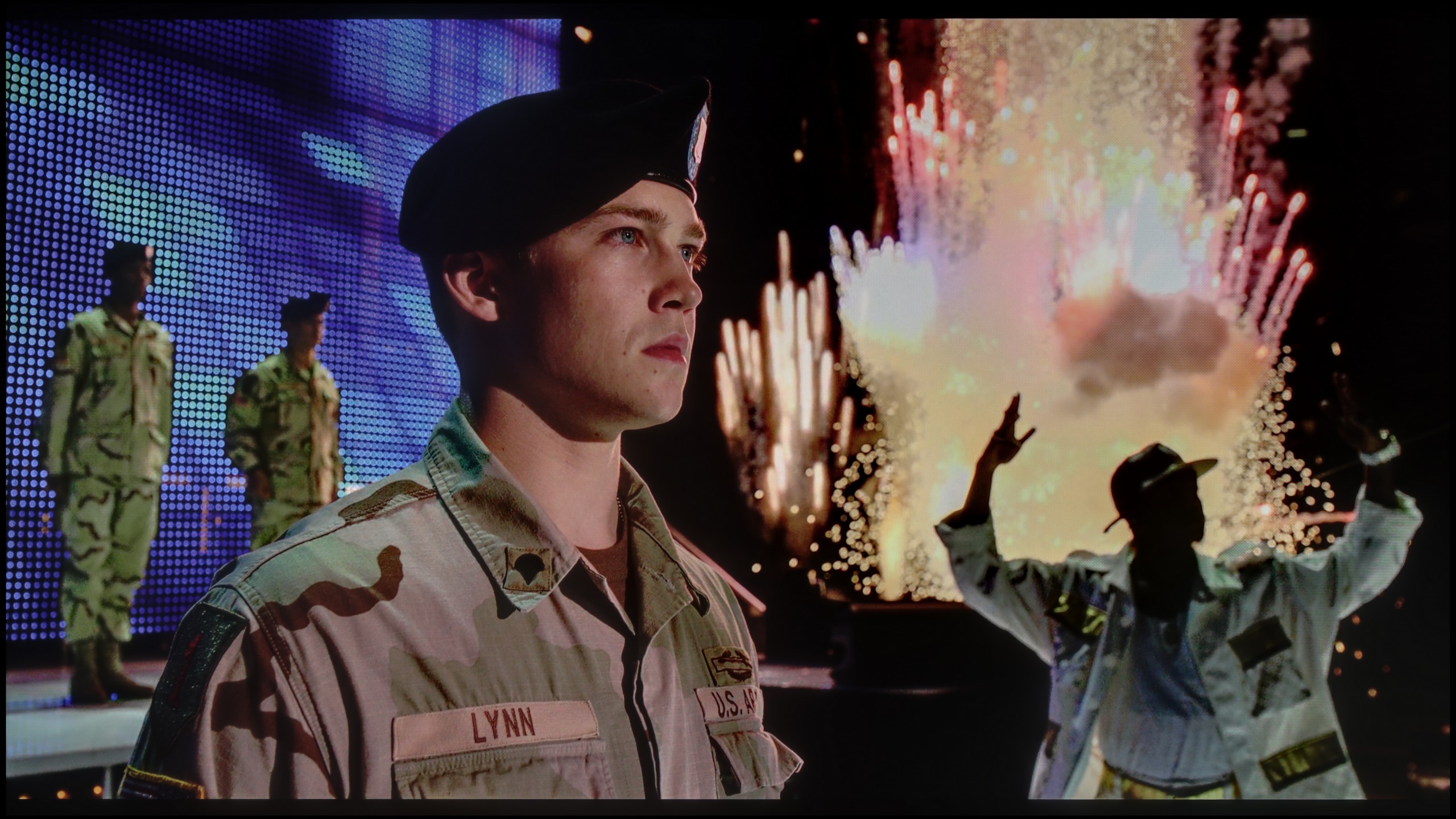

Static HDR10


Dynamic: Dolby Vision
Dynamic: Dolby Vision


HDR luminance chart:
LG QNED86A / QNED85A / QNED87A
HDR luminance
TCL C7K / QM7K
HDR luminance
TCL C7K is one of the brightest MiniLED TVs in its price class. Under optimal testing conditions, the screen can achieve over 1200 nits, resulting in impressive, at times dazzlingly bright scenes. And most importantly – this isn’t just a theory from measurements. In practice, even the brightest moments in movies can shine with true cinematic grandeur. Home HDR cinema fans should be really pleased.
The impression is fantastic, especially in scenes with large areas of brightness – a white sky, explosions, sun reflections, or magical sunsets can surprise with an intensity of light that rarely appears in this price range.
However, things get a bit worse when more challenging scenarios appear on the screen, previously described in terms of contrast – that is, images full of details, with small bright elements on a dark background. In such cases, the C7K often opts to preserve black at the expense of brightness. An example? Scenes from movies like Sicario 2 or Life of Pi, where small light sources (like a distant lantern) may become less visible, and details in the lights are simply dimmed or blend into the background.
For many viewers, this may be an acceptable compromise – as we achieve deep blacks and pleasant image depth. Nevertheless, it’s important to recognise that the visibility of small details in bright areas is not this model's strong suit. It’s simply a technological limitation that still exists – even with over 300 zones.
Against the backdrop of contrast and black, the brightness of the QNED86A and the overall HDR effect fare much better. It's a television that can achieve around 700 nits under the best conditions, so in terms of luminance alone, there’s nothing to be ashamed of. As a result, scenes with strong lights, explosions, flashes, or bright parts of the landscape – look clear and can make an impression. Interestingly, even in tougher moments with small, contrasting elements on the screen, the television does well with backlighting and details are quite visible. The problem arises when there are many dark tones. The lack of effective local dimming means that black virtually disappears, and instead, we get a grey glow spreading across the entire screen. This kills the depth effect and causes the image to appear flat, as if it lacks cinematic character. In bright animations or family films with vibrant colours, this won't be an issue, as the colours and bright light dominate. But in horror films or productions set in darkness, these limitations are strongly felt. As a consolation, it’s worth noting that the QNED86A is essentially a QLED television with an LED PFS filter, which gives it very good coverage of wide colour gamuts. Both the DCI-P3 palette and the wider BT.2020 perform solidly here. This means that colours in HDR films are saturated, juicy, and have the right depth – even if the black itself is disappointing, the colours can save the viewing experience and make the image look appealing.
Factory color reproduction
6/10
5.6/10
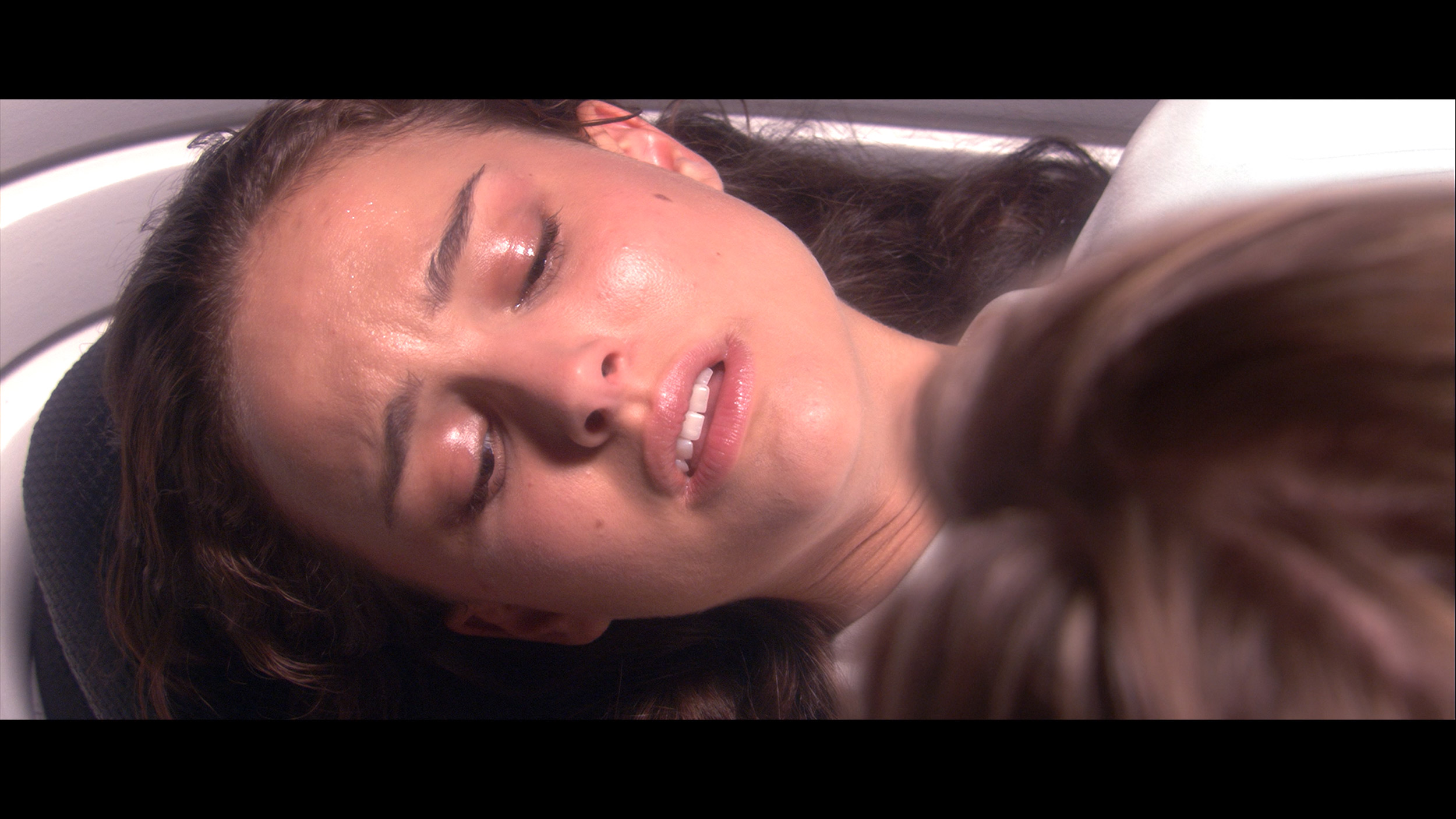
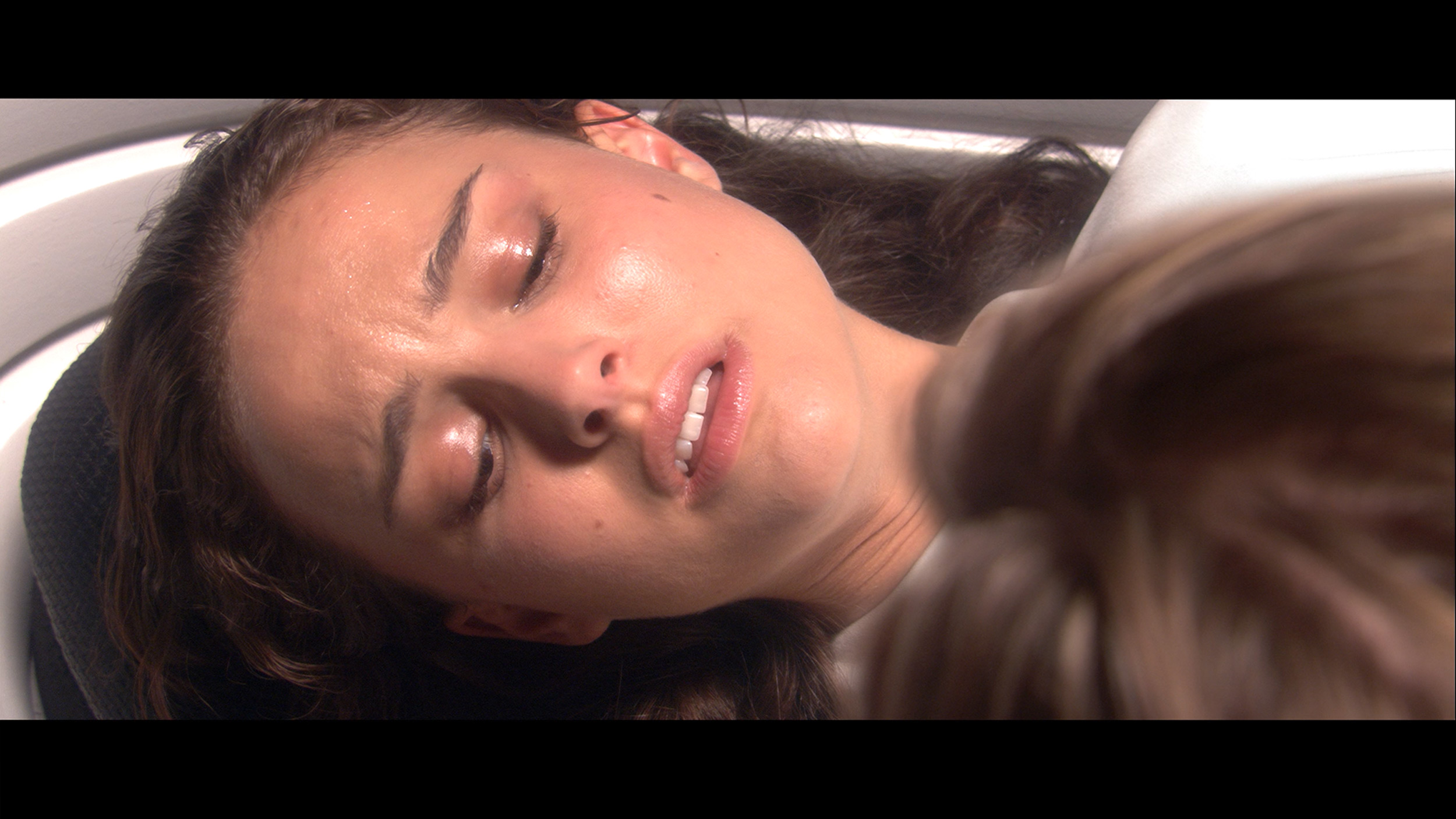
Factory Mode
After calibration


Factory Mode
After calibration
A new feature in TCL televisions for 2025 is the long-awaited Filmmaker mode, which until now has been found in most competing brands. This is great news, as this mode is considered the most faithful to the original vision of the creators and is often recommended by enthusiasts of quality visuals. Unfortunately – as is often the case – the mere presence of it does not guarantee perfection. The Filmmaker mode in the TCL C7K is not without its faults. There are issues with inaccurate white balance, particularly a slight blue tint that resulted in cool, somewhat greyish skin tones. But that wasn’t the biggest problem. The main complaint was excessive brightness exposure, which is clearly visible on gamma and EOTF charts. The image was simply too bright, at times even blown out, which affected not only the texture of scenes but also the overall viewing experience. Some details were just lost, and the entire image looked as if someone had overdone the brightness slider. As always, we decided to see what could be squeezed out of it after calibration. And this is where things started to get really interesting…
We primarily tested the QNED86A in Filmmaker mode, which is designed to provide the most faithful picture. Unfortunately, right out of the box, there were quite a few shortcomings. The most glaring issue was the poorly calibrated white balance – there was a lack of blue, which caused the overall image to take on a slightly yellowish, and sometimes even an orange hue. An even bigger problem was the way the television manages brightness. Due to its technical limitations – that is, local dimming functioning only along the edges of the screen – the QNED86A has a tendency to oversaturate entire scenes. This is where the flattening of the image that we mentioned earlier comes from. Instead of clear depth and contrast, we get something akin to "boosted brightness," which, in the long run, can strain the eyes.
Color reproduction after calibration
7.5/10
7.6/10
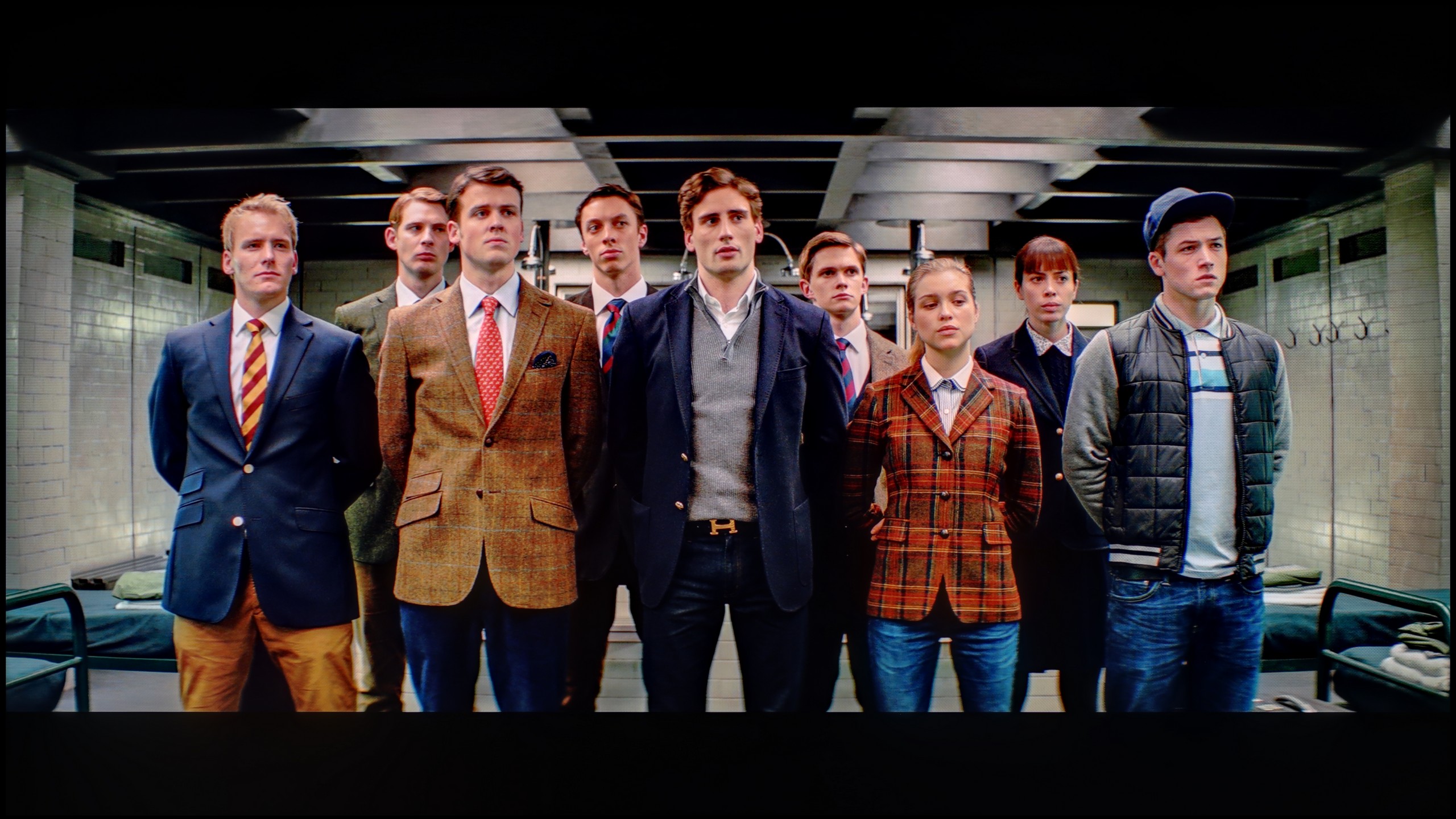

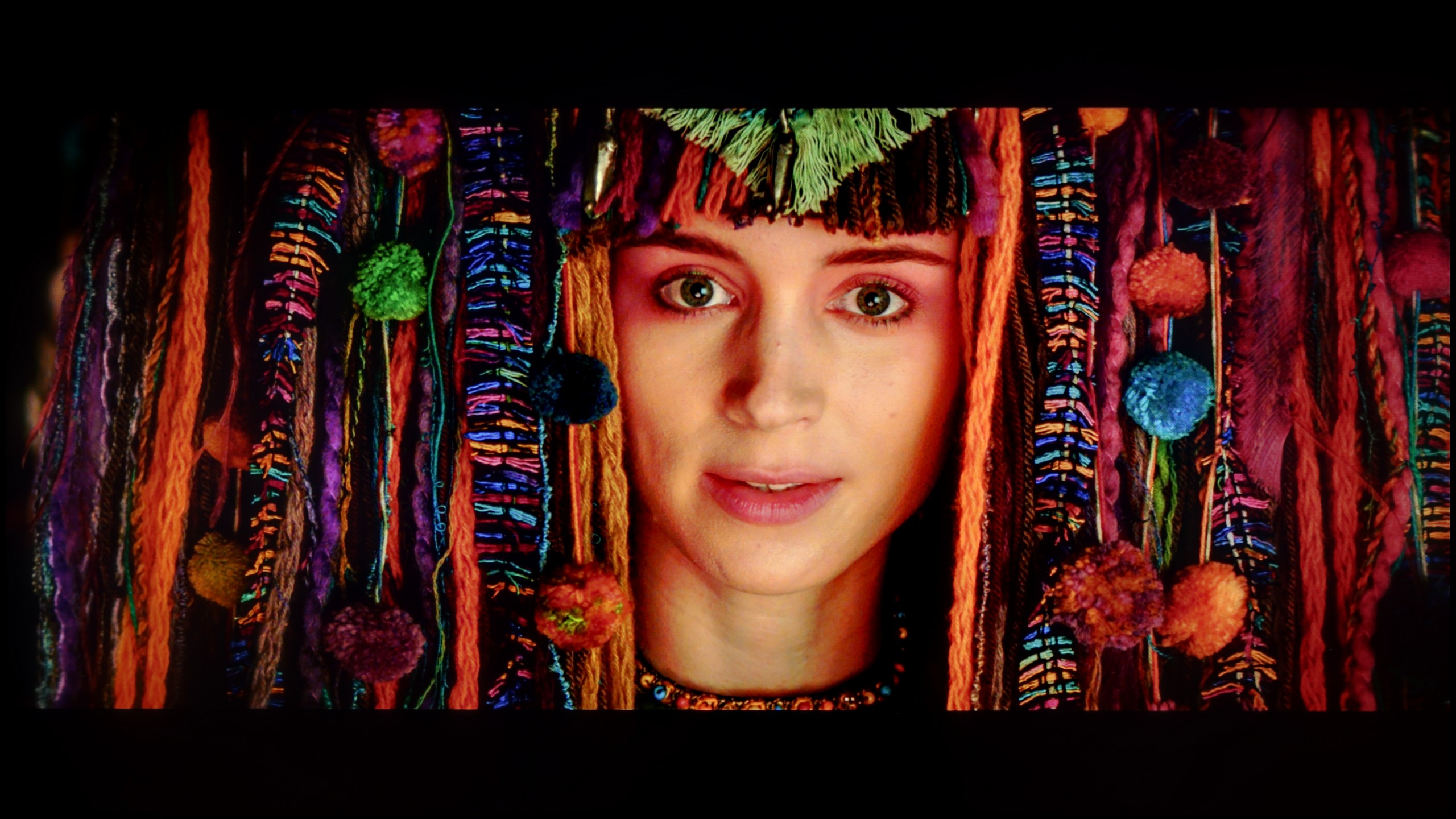

After calibration, the TCL C7K showed itself in a really good light, especially when it comes to SDR content. We managed to precisely tune the white balance, colour gamut, and brightness characteristics so that the colour errors on the ColorChecker palette fell below a value of 2. For the uninitiated – this is nearly a perfect result, which means that the image is very close to what the creators intended. Unfortunately, it was a different story with 4K HDR content. While we were able to slightly calm down the white balance and correct its earlier errors, it was still evident that the TV has some "MiniLED traits", particularly in brightness management. When we checked how the C7K handled the EOTF curve on real film scenes, rather than just on synthetic test patterns, it turned out that the screen still had a tendency to slightly brighten the entire image. This affects the overall experience – the black loses some depth, and the image becomes less contrasty than it should be. Despite these minor issues with HDR content, the overall reception of materials – especially in SDR – is really very good. After calibration, the C7K can display an image that can successfully compete with much more expensive models. Good colour tuning, natural skin tones, and pleasant brightness make movie watching and everyday content viewing more than satisfactory.
What was saved in the QNED86A6A is undoubtedly the colours. After calibration, the white balance was set with great precision, ensuring that deviations on the Colour Checker palette mostly did not exceed the visibility threshold for the human eye. In other words – the colours finally looked natural, without strange yellow or orange tones that had previously marred the perception. Unfortunately, even the best calibration cannot overcome structural limitations. The already mentioned very modest number of local dimming zones and their unfortunate placement meant that the analysis of the EOTF curve in films still showed noticeable scene over-exposures. The image tended to flatten, lacking cinematic depth. Fortunately, this effect is not as visible in older productions or in SDR content. There, calibration really does its job and allows the QNED to be tamed so the image can be pleasing. However, the specifics of this construction – especially the contrast issues – cannot be completely bypassed.
Smoothness of tonal transitions
8.6/10
8.9/10
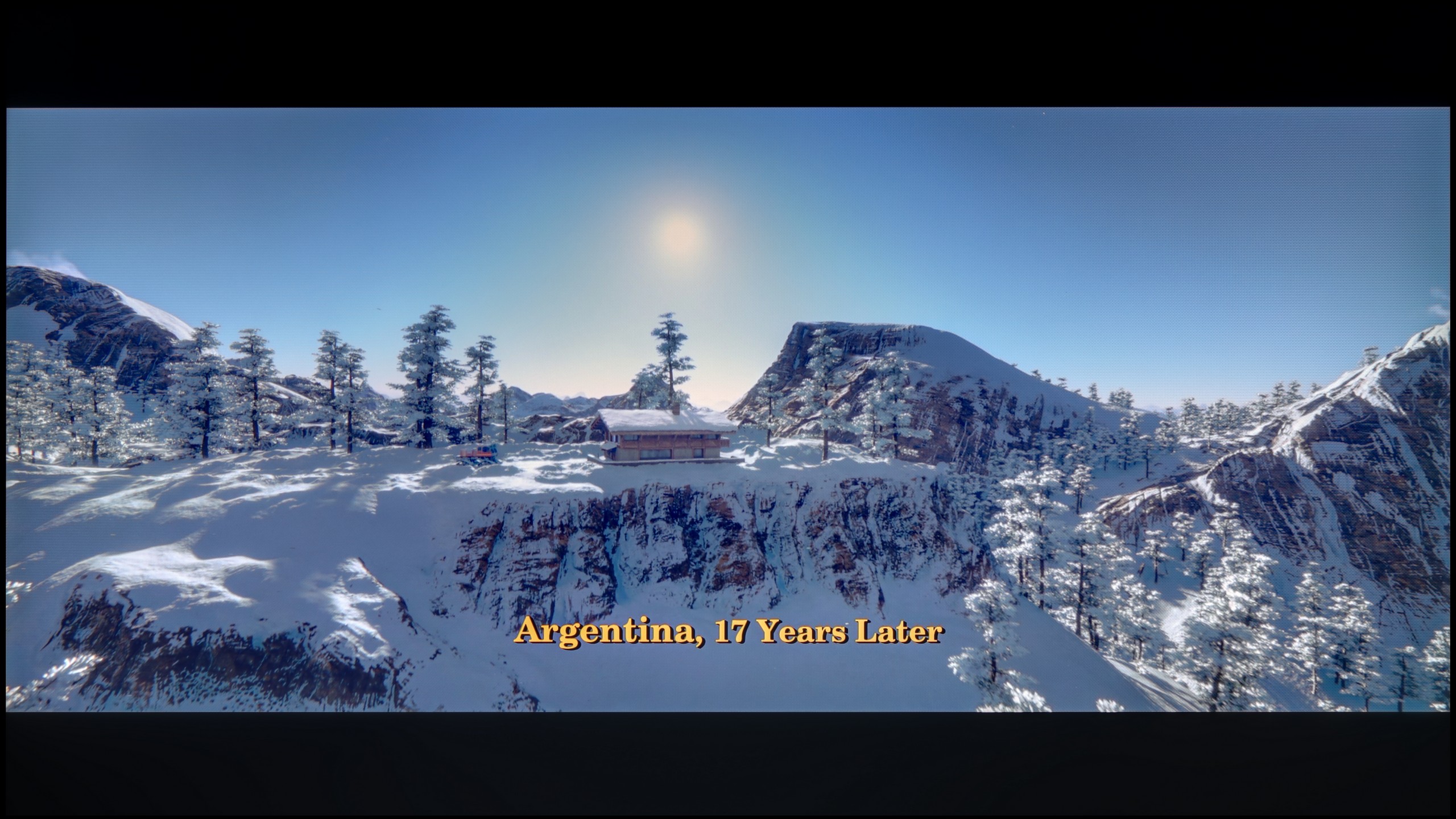

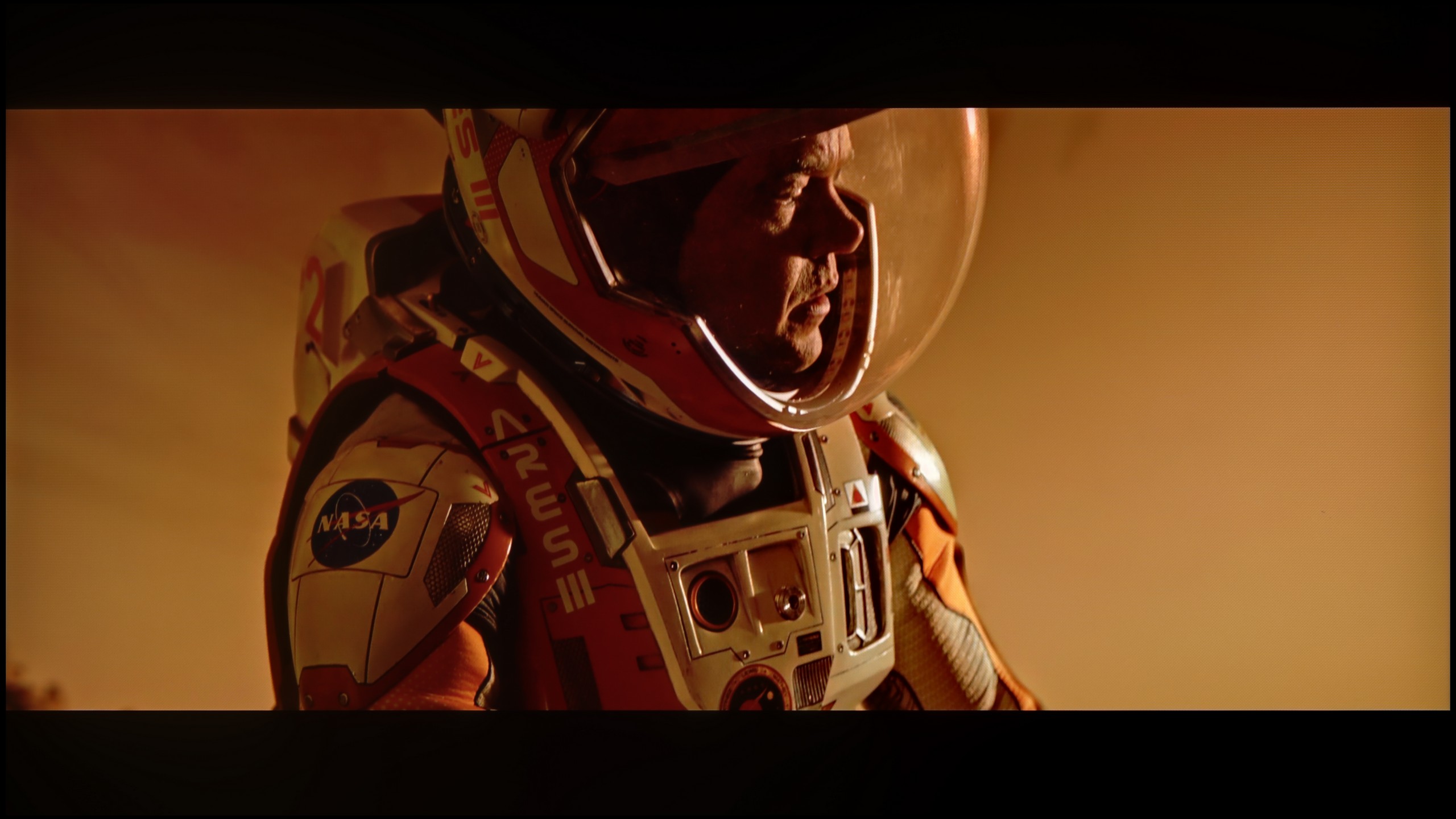

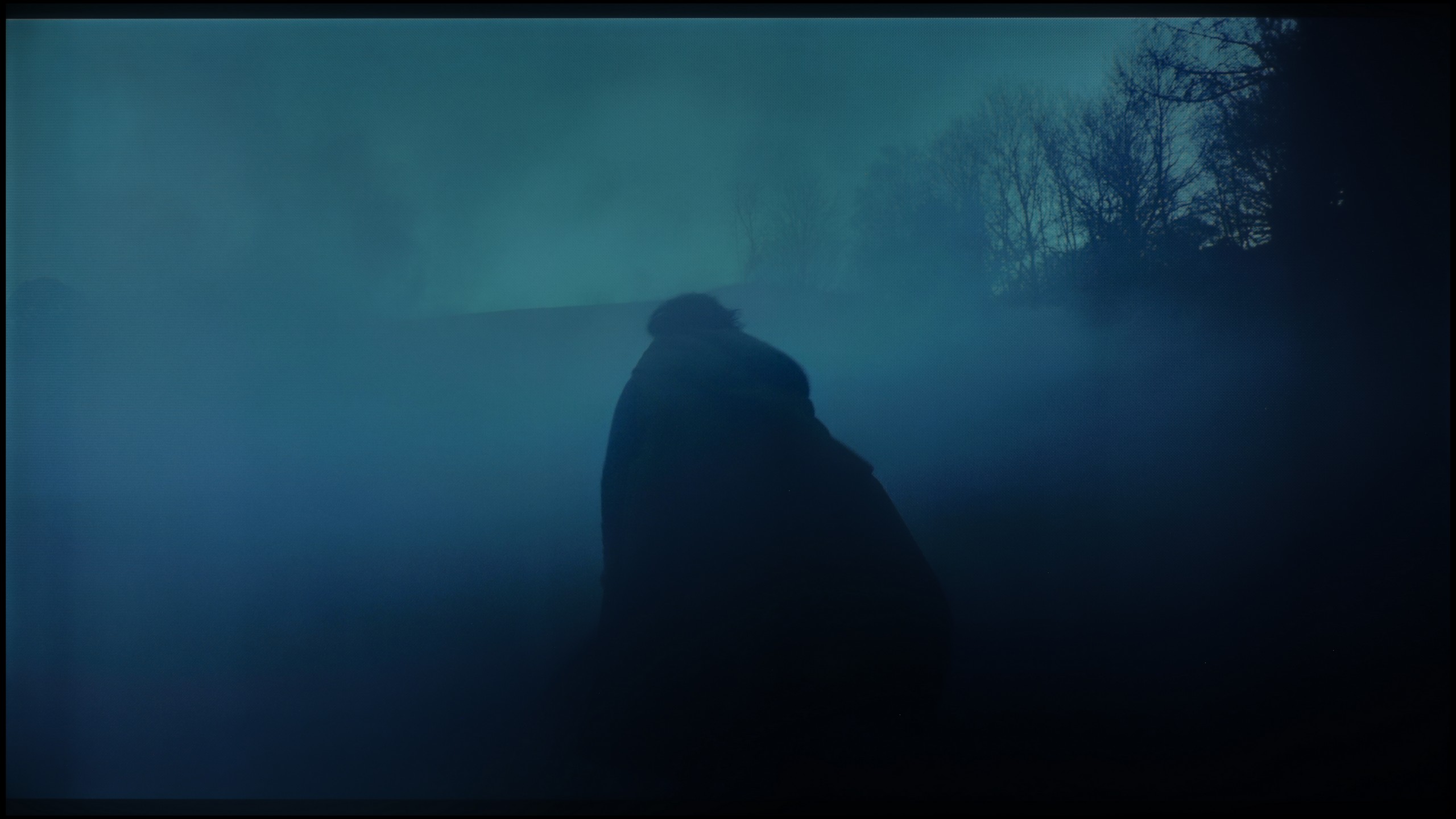

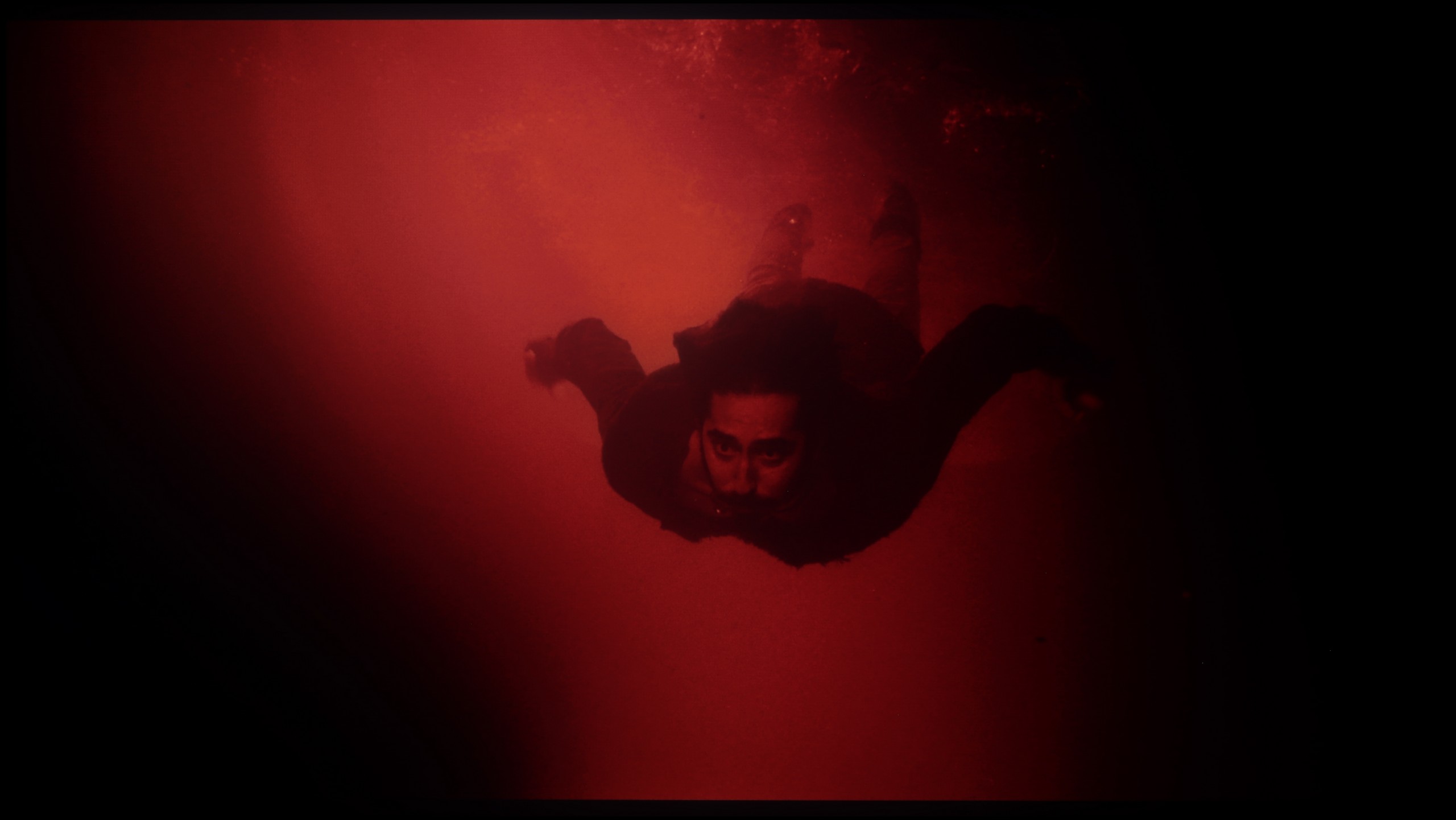





The TCL C7K performs very well with colour gradation – in most of the scenes tested, tonal transitions were smooth, and colours blended together without visible outlines or the artificial effect of "blotches". In everyday use, it's hard to find any faults – the picture looks natural, without jarring transitions or digital artifacts. Certain limitations only appear in very dark tones – especially in a heavily muted grey palette, where the television may struggle to reproduce the ideal gradation. But that’s absolutely understandable, as even many significantly more expensive models in this range simply can't cope. Fortunately, these situations are rare and don’t really affect the overall perception.
Colour gradation is one of the strong points of the QNED86A. In everyday viewing, the picture looks really smooth, without noticeable "steps" or sudden transitions between colours. The TV handles colour blending quite naturally, so with most content, it’s hard to spot any issues with gradation. Any imperfections only appear in extreme conditions – for example, in the darkest parts of films, where even much more expensive TVs can have problems. There, you might notice slight banding or characteristic stripes, but these are marginal situations that shouldn’t be a bother during regular use. Overall, the QNED86A performs well in this category and has nothing to be ashamed of compared to the competition.
Image scaling and smoothness of tonal transitions
5.5/10
7.8/10
Smooth transition function
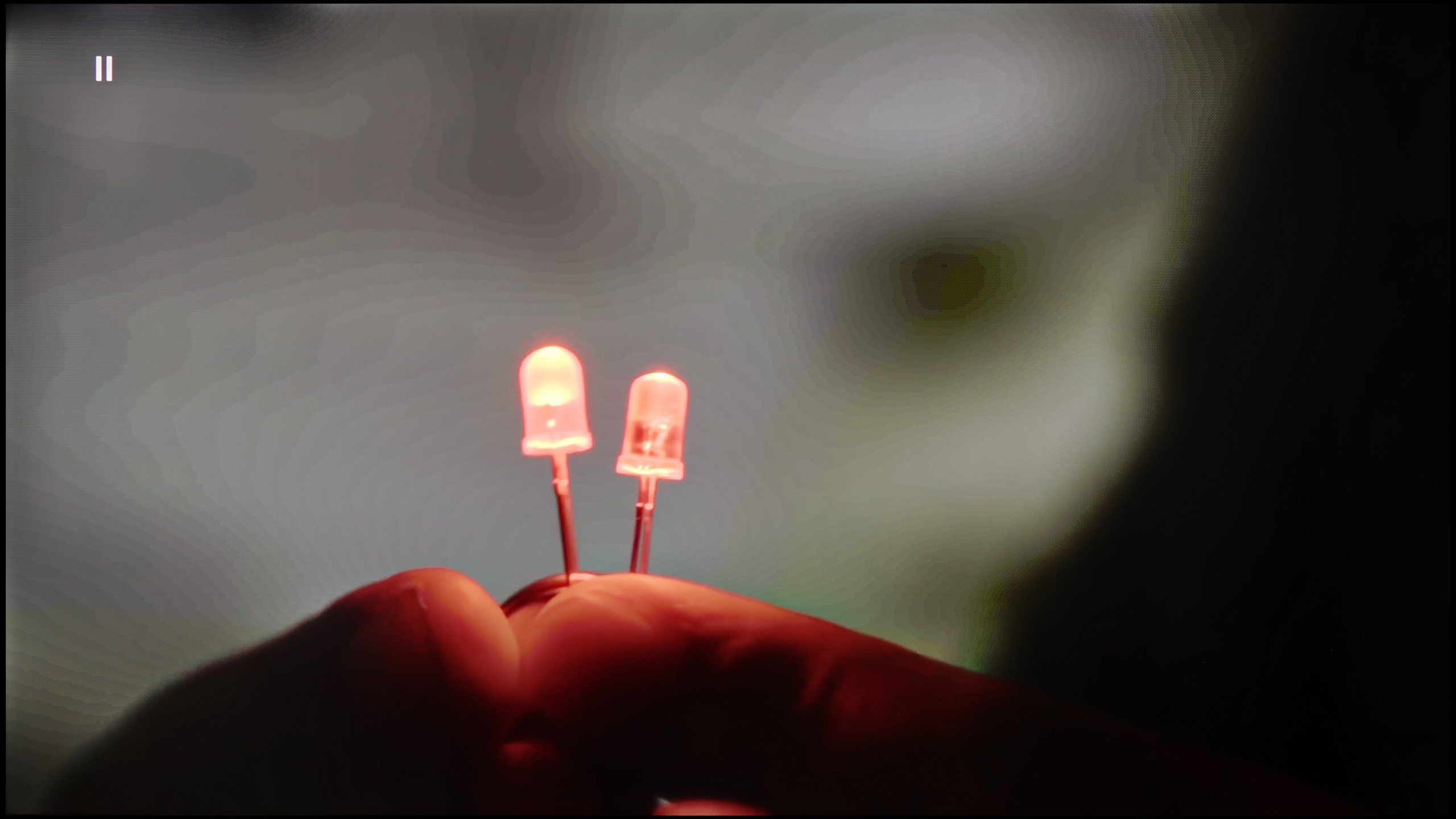

Image without overscan on the SD signal
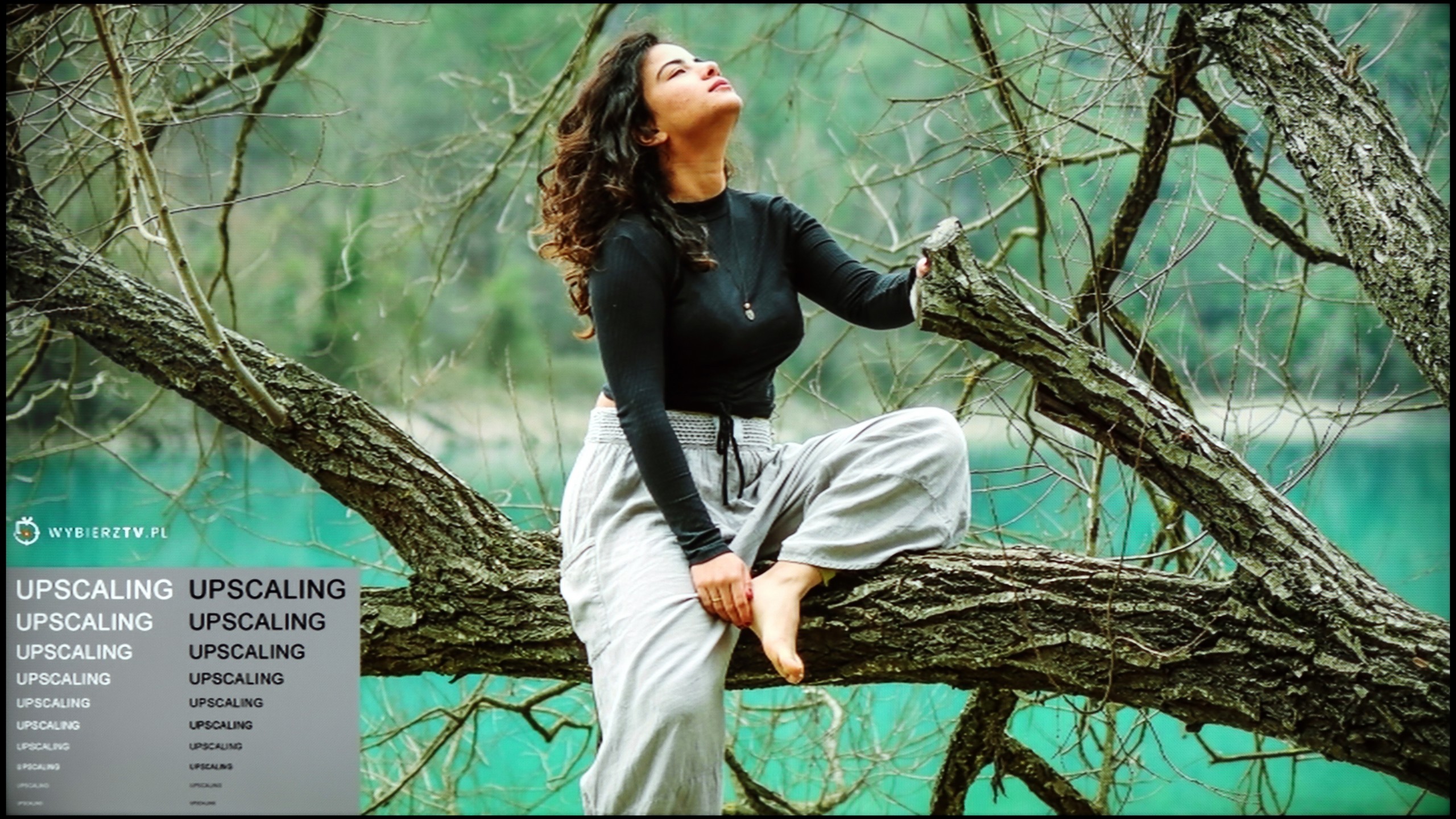

TCL C7K has a feature that, according to the manufacturer, is meant to smooth out undesirable colour transitions – something like a rescue for less successful tonal shifts. It's called "Gradual Smoothing," and... well, it sounds ambitious, but in practice, it works very poorly. Regardless of whether we set it to low or high, the difference is minimal. Worse still – the feature can cut out elements from the image that should remain. Fortunately, film grain remains untouched, so at least it doesn't smooth everything indiscriminately, but even so – it's better to simply turn this option off.
When it comes to upscaling lower resolution content, it's already better. SD and HD materials look quite decent, although at times we had the impression that the image loses sharpness and becomes too soft – as if something took away its clarity. Fortunately, with very low sources (e.g., 576p), there was no overscan effect, meaning the image wasn't artificially cropped – everything fit on the screen as it should.
If someone is worried about potential "steps" when blending colours, the QNED86A has a simple solution for that. Just turn on the feature called Smooth Gradation and set it to the medium level. Then the TV really smooths out all those unwanted transitions – especially in older productions – and it does so in a way that the film grain doesn’t disappear, nor do any strange artefacts appear. In other words, you can use it without any worries.
The upscaling itself also turns out quite well. Of course, there are no miracles here – with poorer quality sources, you can notice characteristic jagged edges. Fortunately, there is a sharpness slider in the menu, and if someone prefers a more "soft" image, it can be quickly adjusted to their own taste.
Blur and motion smoothness
8.1/10
7.9/10
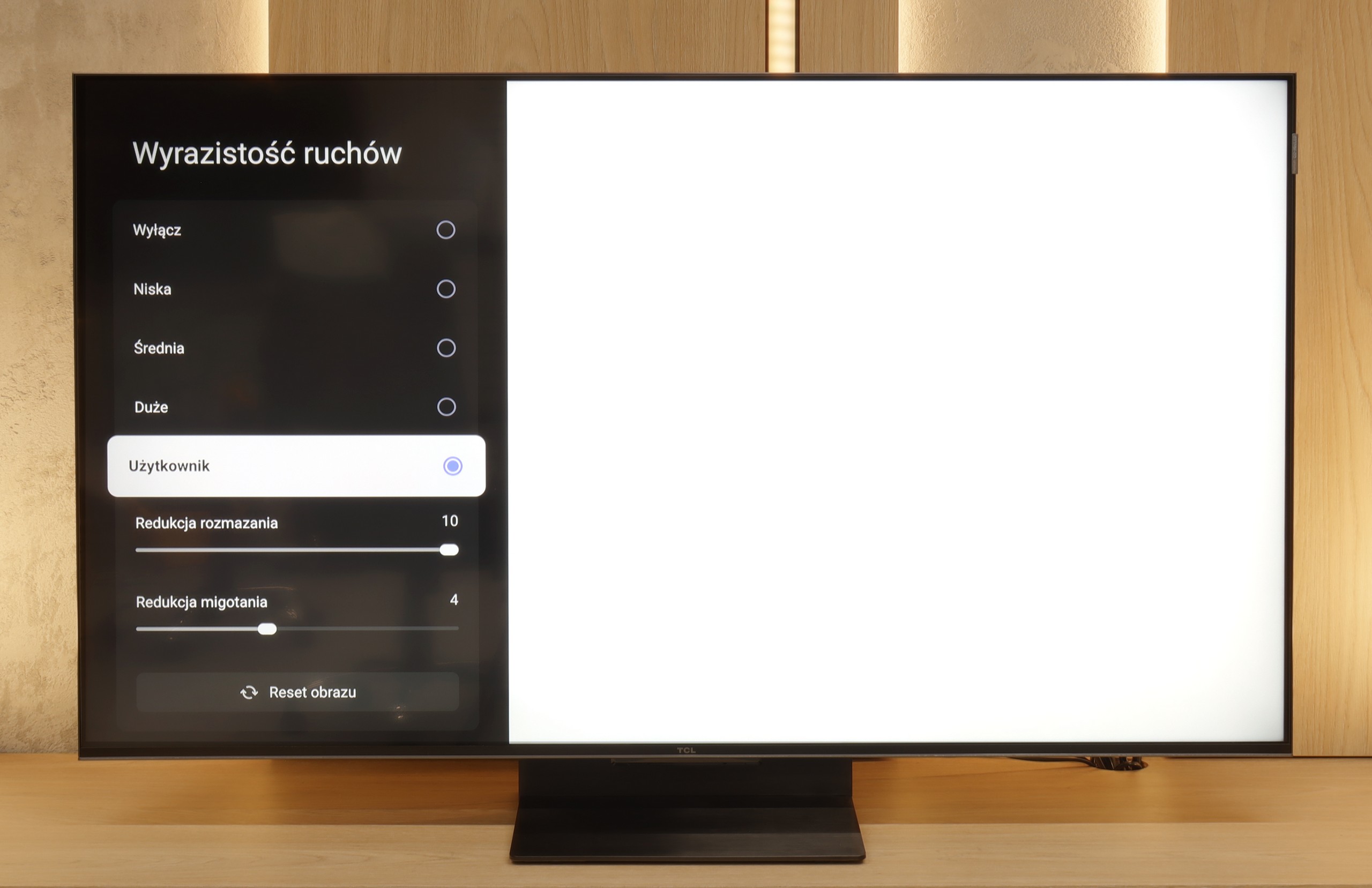

Blur (native resolution, maximum refresh rate):
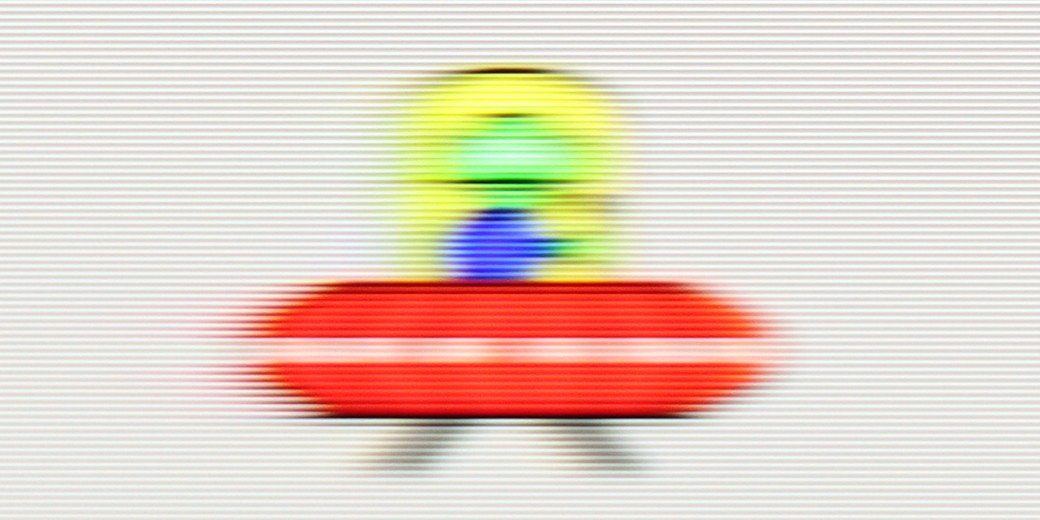
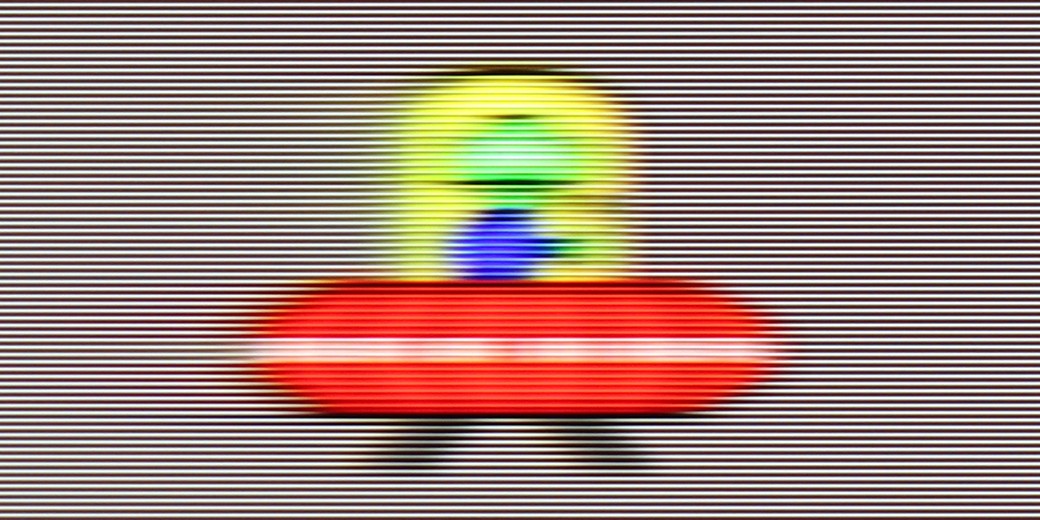
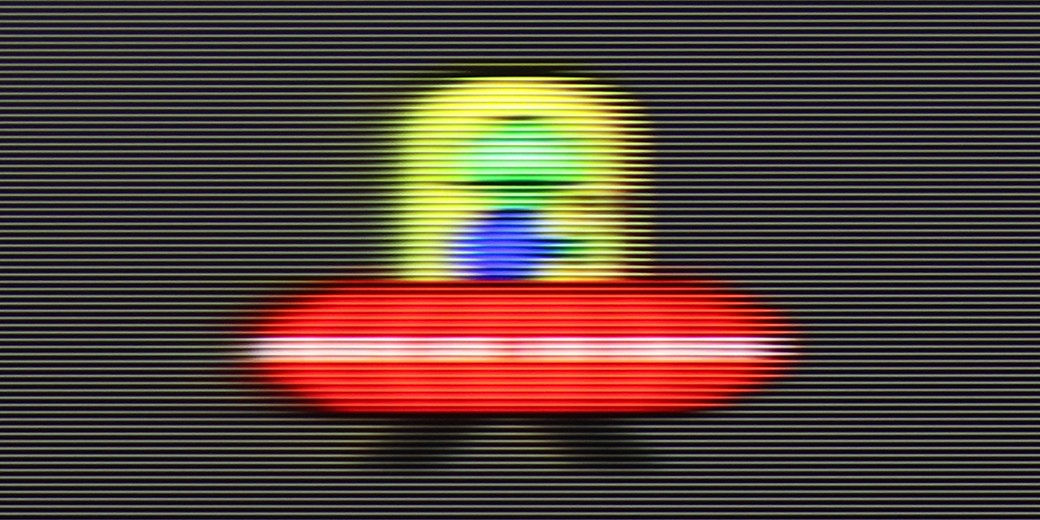



Blur (BFI function enabled):






Smużenie (4K 144Hz):

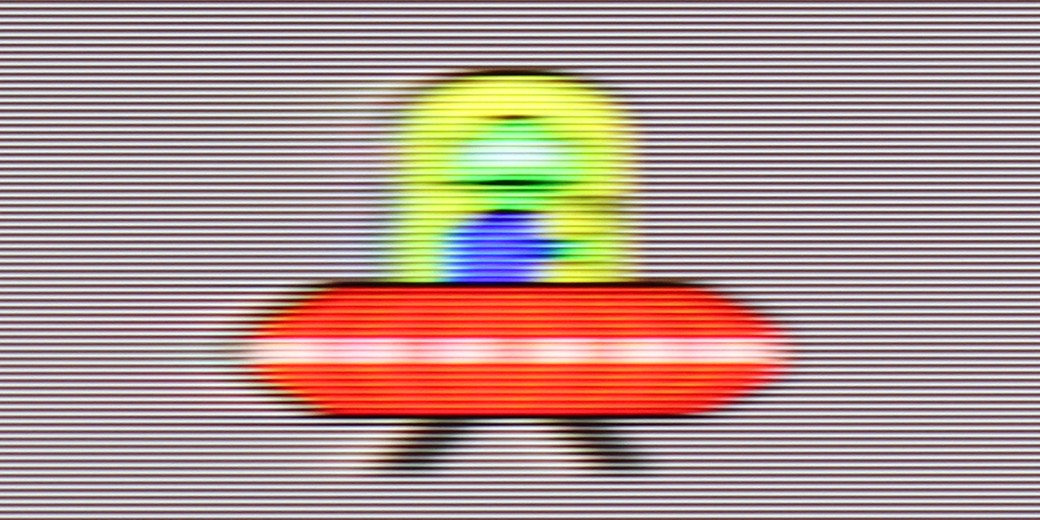
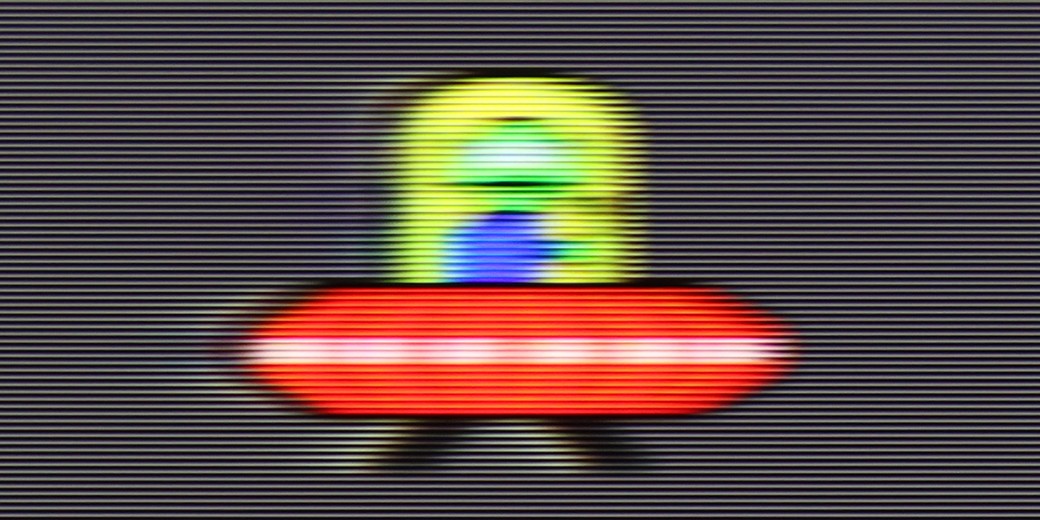
Smużenie ():
TCL C7K handles motion fluidity really well. The panel it uses offers a refresh rate of 144 Hz, which suggests that this TV is more than just a standard "60 Hz" panel. Furthermore, if we connect the C7K to a computer and set the resolution to Full HD. But we will write more about this in the paragraph on gamers and PC compatibility. Returning to everyday use – both sports and movies look very good here. Thanks to the fast panel and the well-functioning motion smoother, the C7K is great for watching matches, but also for movie screenings. In the menu, we find two sliders – motion blur reduction and flicker reduction – that allow you to adjust the fluidity effect to your own preferences. At lower settings, we get a more cinematic effect, with slight judder. At higher settings – the image becomes more theatrical, fluid to the point of excess. Whatever your preference – everyone can set it their own way.
QNED86A has been equipped with a 120 Hz refresh rate panel, so right from the start, it can be said to be suitable for both sports and gaming. And indeed it is – the picture looks smooth, and motion blur isn’t too much of an issue. IPS panels have always had a bit of a problem with this, and here too you can sometimes notice slight blurring, especially in very dynamic scenes, but it’s not something that ruins watching a match or a fast-paced game. For cinema and sports fans, LG has included the traditional TruMotion smoothing feature. In the menu, we have two sliders – one for movies (De-Judder), and the other for sports (De-Blur). The first adds missing frames and allows you to adjust the character of motion – from raw, cinematic to a more fluid, “theatrical” feel. The second improves sharpness during dynamic actions, so it’s worth turning it up a bit if you watch a lot of sports.
Console compatibility and gaming features
9.8/10
9.8/10
- ALLM
- VRR
- VRR range48 - 144Hz48 - 120Hz
- Dolby Vision Game Mode
- Correct implementation of HGIG
- 1080p@120Hz
- 1440p@120Hz
- 4K@120Hz
- Game bar
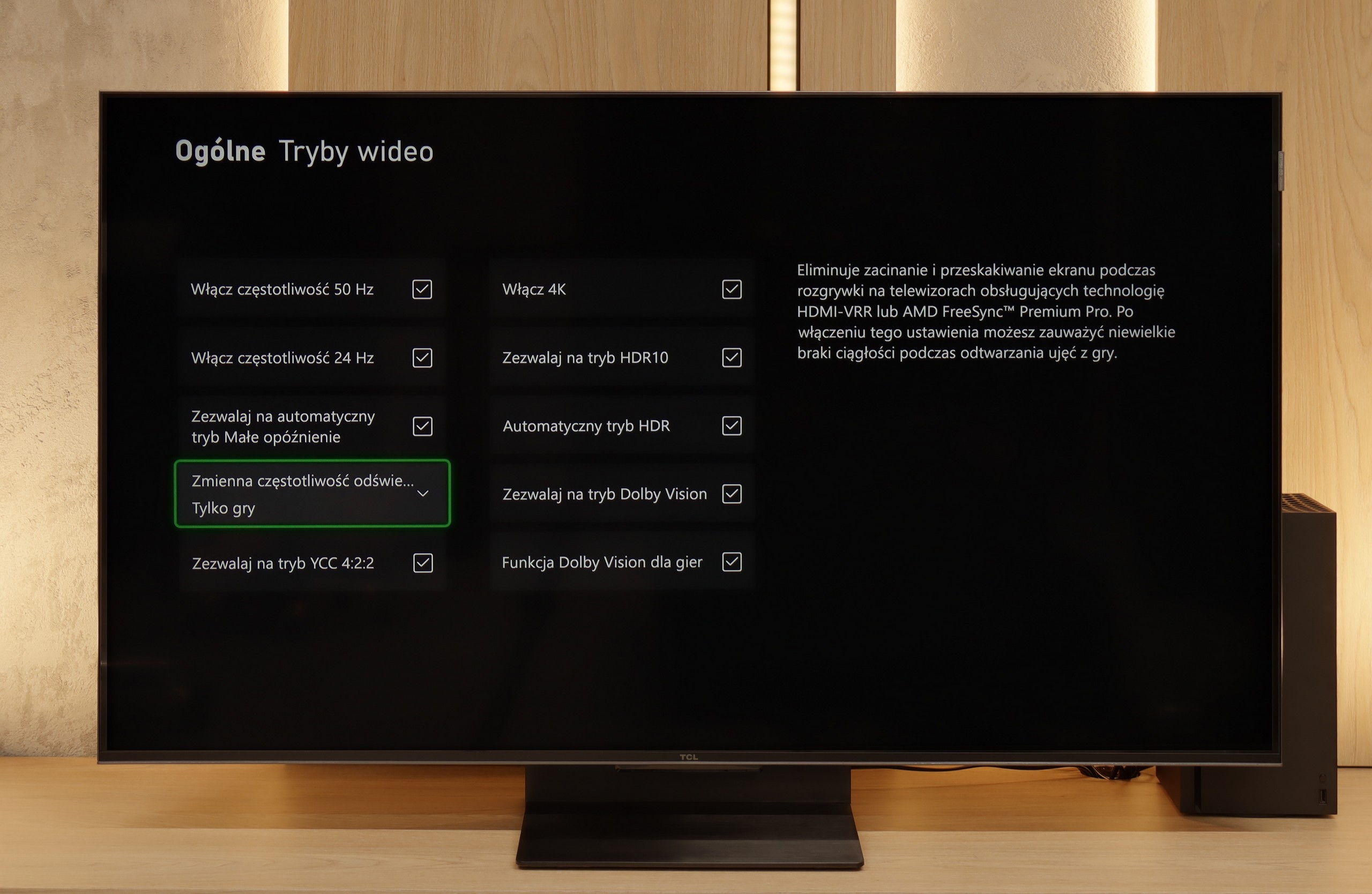

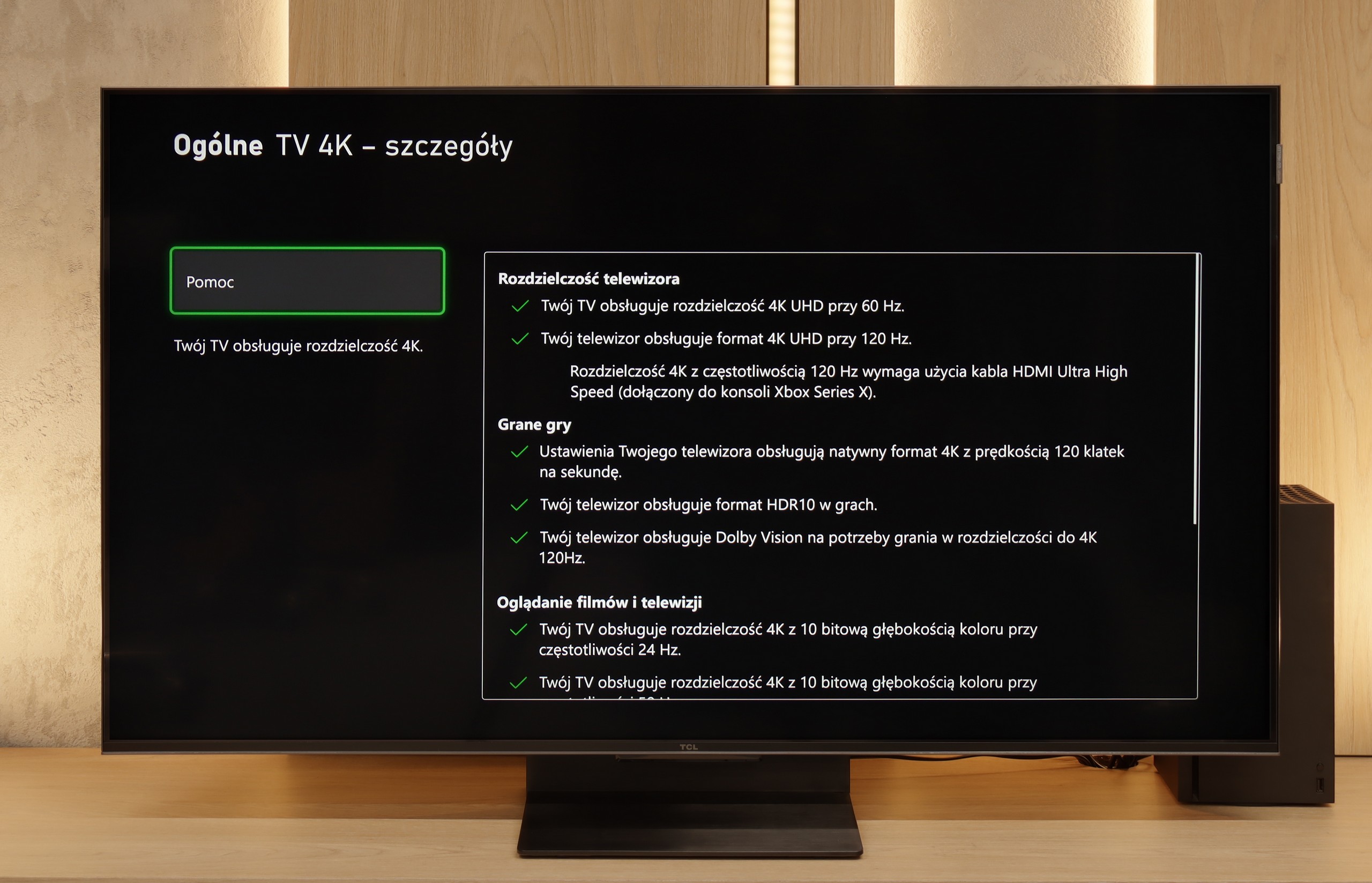

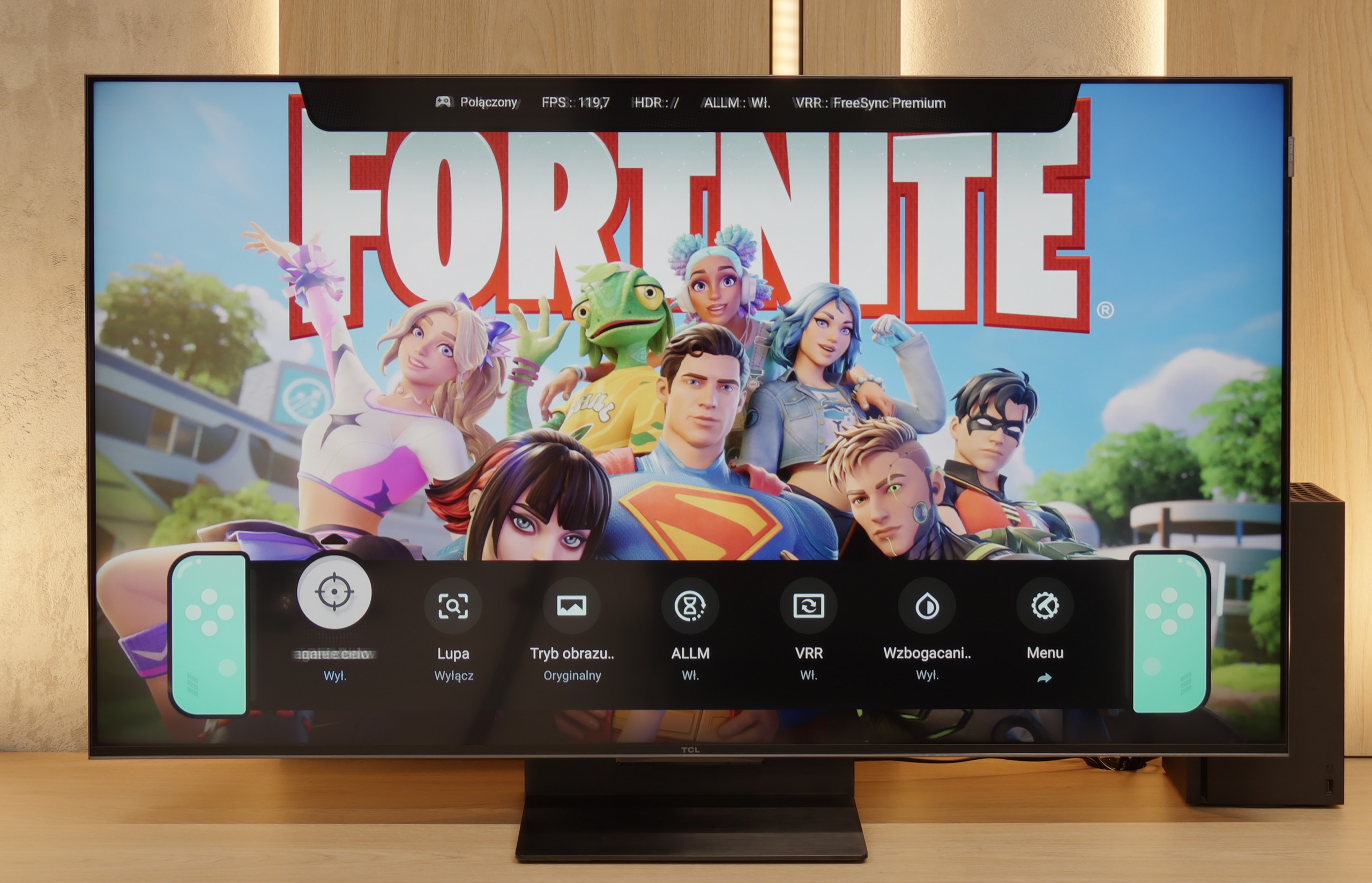

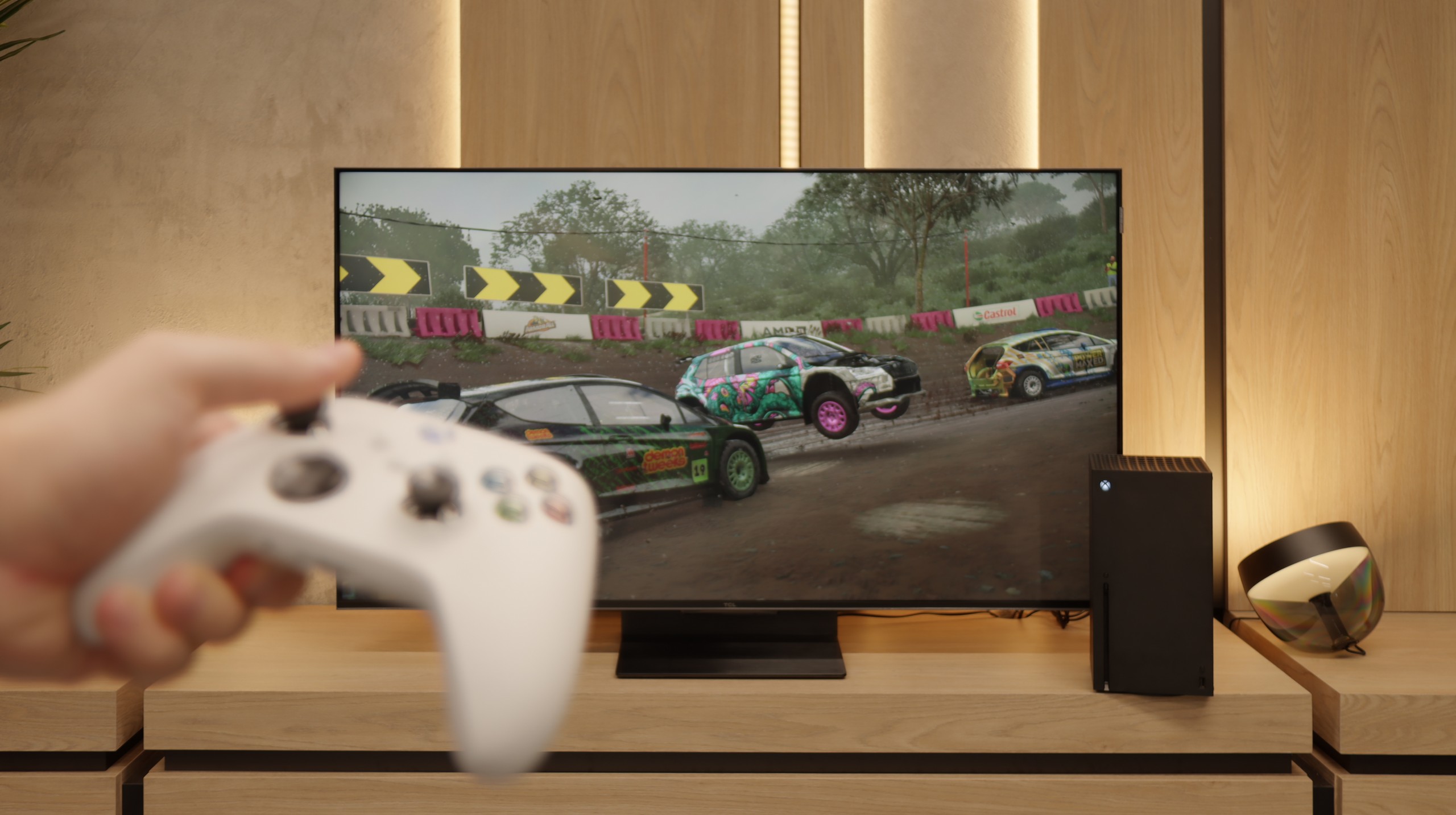

TCL C7K is a television that on paper looks like the perfect equipment for gamers – and most importantly, it performs well in practice too. Here's some good news: we have two full-bandwidth HDMI 2.1 ports, so we can easily connect both a console and a computer, using all their capabilities. The panel itself supports a refresh rate of 144 Hz, which provides a significant advantage in dynamic games. Additionally, it comes with a full set of gaming features: VRR (variable refresh rate), ALLM (automatic low latency mode), and support for Dolby Vision in games. There's also an HGiG mode that allows for HDR effects that align with the creators' intentions. GameBar, which is an information bar for gamers. It operates quickly, looks clear (like a Nintendo console👌), and shows what's most important: the current frame rate, VRR status, and even HDR parameters.
When it comes to gaming, the LG QNED86A6A is a complete tool. It features four HDMI 2.1 ports with a full bandwidth of 48 Gb/s, which means that whether you connect a PlayStation 5, an Xbox Series X, or a powerful PC – everything will work in full 4K at 120 Hz with support for all functions. This is a significant advantage, as some competitors still only feature two such ports, which can be troublesome when dealing with multiple devices. It also includes VRR, or variable refresh rate, which eliminates screen tearing, and ALLM, which automatically activates game mode when the console powers on. Dolby Vision Gaming is included as well, alongside proper implementation of the HGiG format, so titles that support these formats look livelier and more detailed. Additionally, there's the Game Optimizer – a kind of control centre for gamers. From this interface, you can view image parameters in real time, quickly switch modes, activate additional features, or adjust picture settings to your own preferences. The LG QNED86A6A has basically everything you would expect from a modern gaming television.
Input lag
9.7/10
9.9/10
SDR
HDR
Dolby Vision
When it comes to delays, the C7K gives no reasons to complain. In games at 120 Hz, the input lag is around 10 ms, which means that the TV responds really quickly. Interestingly, even in Dolby Vision mode, the result is very similar, which isn't always the case. Good job, TCL. At 60 Hz, the lag does increase a bit, but that's completely normal and applies to pretty much every TV with a refresh rate of 120Hz and above. The most important thing is that everything still runs smoothly and there's no feeling that something isn't responding to our actions.
There’s really nothing to complain about here. The QNED86A6A achieves excellent results – around 5 ms with 120 Hz content and about 15 ms with 60 Hz. These values will comfortably satisfy both console gamers and those who connect a PC to the TV. The response to movements is instantaneous, so you can forget about delays between the image and the action on the pad.
Compatibility with PC
8.4/10
8/10
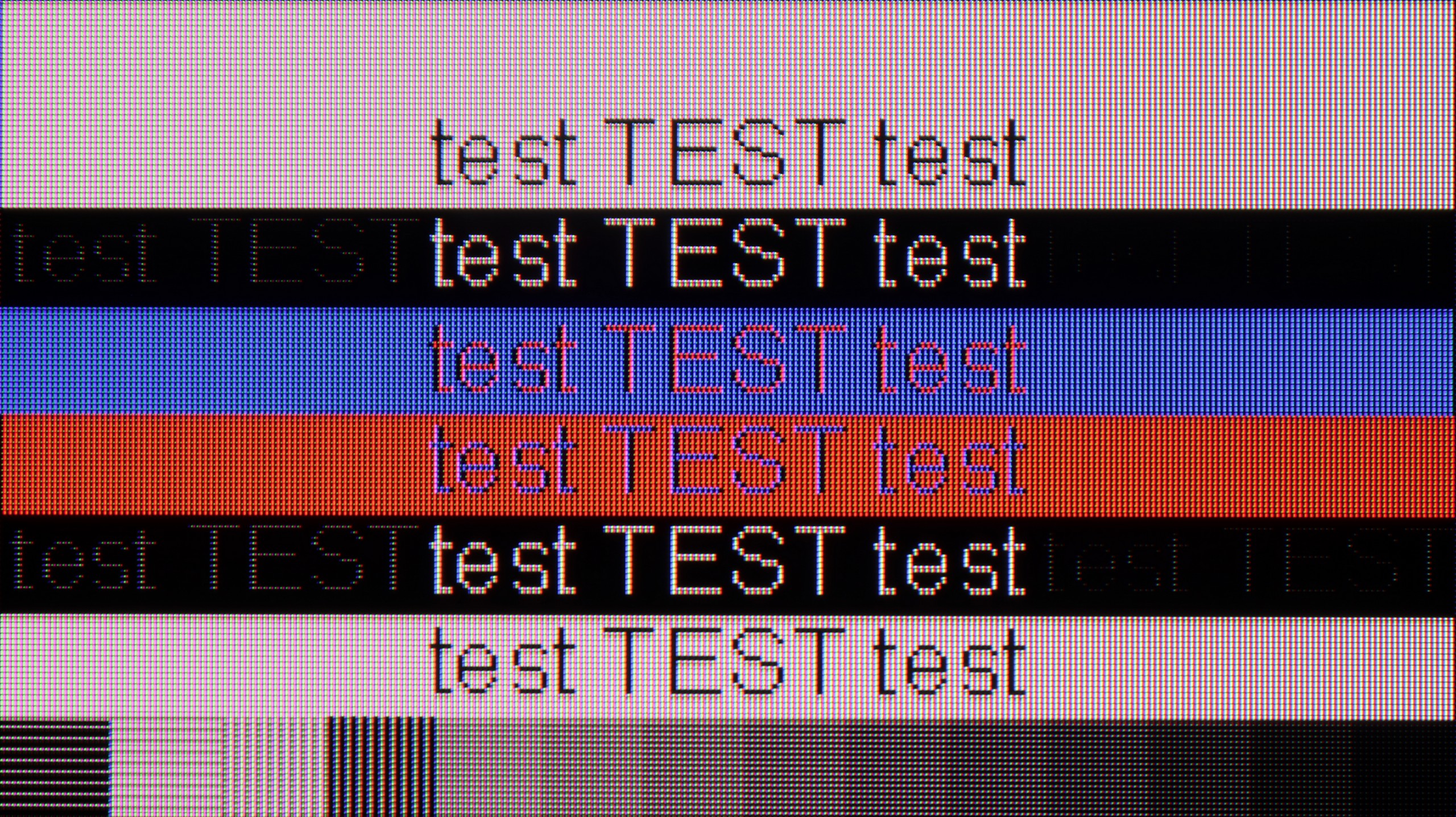

If we plan to connect the C7K to a computer – especially for gaming – there's definitely a lot to play with. We have 4K at 144 Hz, which already sounds great, but if we drop the resolution, the TV can even display 280 Hz. In e-sports, where every split second counts, this really makes a difference. On top of that, it supports G-Sync and FreeSync, so no matter what graphics card we have – the image will be smooth, with no stuttering or tearing.
But if we plan to put the C7K on a desk and use it like a monitor, it's a bit less "rosy." Sure, it supports chroma 4:4:4, so fonts should be sharp, but with very dark letters, you can notice slight blurriness and edge dimming. It's not something that immediately stands out during gaming or watching, but when working with text – it can be distracting. In everyday use – relatively worry-free, but if we plan to have a 50-inch screen a metre from our face, it's worth keeping this in mind.
LG QNED86A, with its IPS panel, full RGB subpixel layout, and proper implementation of chroma 4:4:4, makes text look fantastic on the QNED86A6A. The text is sharp, clear, and readable, making the TV ideal for office work. This is important as this year the model also debuts in a 43" size, which can easily sit on a desk and serve as a large monitor. Of course, some users opting for the 43" will be gamers, and here too there are no complaints. The TV supports 4K at 120 Hz, so gameplay is smooth and enjoyable. It's a bit of a shame that there wasn't a mode with a higher refresh rate, such as the 144Hz claimed by the manufacturer, as PC gamers would definitely appreciate that. Despite this, the QNED86A6A performs really well as a monitor for gaming and work.
Viewing angles
3/10
6.9/10
There's no surprise here – the C7K has classic viewing angles for a VA panel. That is: we sit directly in front – it's excellent. Colours look good, contrast is strong, everything is in place. But just shifting slightly to the side starts to make things worse – the image loses saturation, the blacks turn grey, and the overall impression diminishes a bit. So if we plan to watch together with a few people or have a sofa that takes up half the lounge – it’s worth seating everyone more centrally. You can watch from the side, but don’t expect miracles – it’s simply a characteristic of the VA panel.
QNED86A6A performs very well in this regard. The IPS panel used here ensures that the image retains its brightness and colour saturation even when viewed at an angle. There is no fading effect here, which often occurs in cheaper TVs with VA panels. Of course – it’s not worth comparing it to the level offered by organic panels, where colours and contrast hold perfectly at almost any angle. But as far as LCD TVs go, this is definitely one of the better results and is more than sufficient for watching movies or sports together on the couch with a larger group.
TV efficiency during daytime
6.1/10
5.8/10
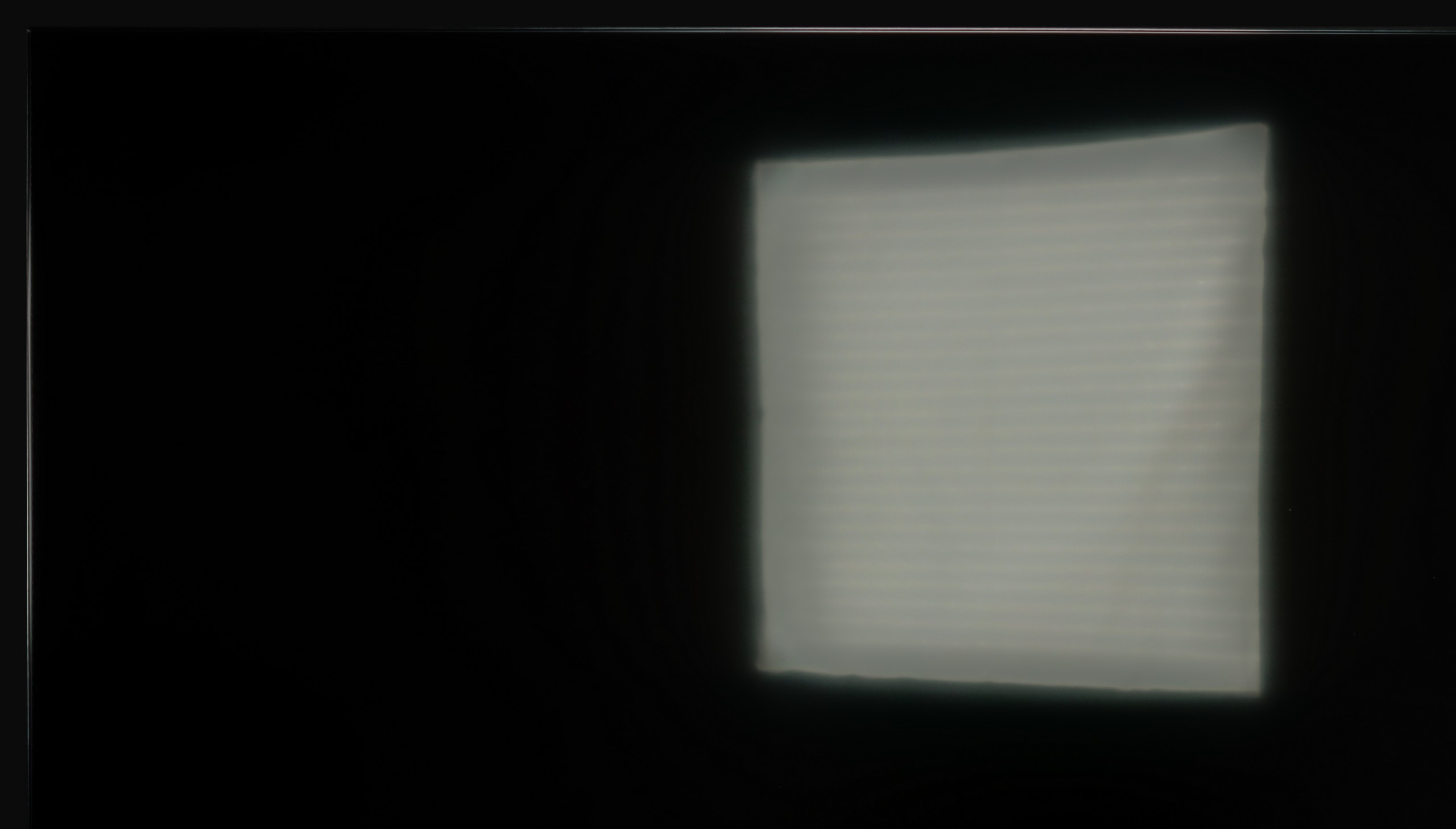



Matrix brightness
Average luminance SDR
LG QNED86A / QNED85A / QNED87A: 462 cd/m2
TCL C7K / QM7K: 475 cd/m2
Luckily, the TCL C7K performs quite well in bright rooms. The applied panel has a satin finish that effectively reduces reflections, so even on sunny days we don't have to worry about reflections from lamps or windows. Importantly, the colours maintain their intensity and don't wash out, as can happen with weaker matte panels. As for brightness, the average for content like YouTube or regular television reaches just below 500 nits. It's not a record result – for example, the MQLED85 (C765) performs better in this regard. However, for everyday viewing during the day, it should work without major issues, as long as we don't plan to place it opposite a south-facing window without curtains.
QNED86A6A is not a master of brightness, but it manages adequately. Thanks to the moderately high brightness of the panel and quite decent glare reduction, the TV performs well in typical, moderately lit living rooms. The picture remains clear, and the colours do not lose their intensity in daylight. However, let's not kid ourselves, this is not a screen that will handle extremely bright conditions, where sunlight floods in through large windows and strongly saturates the room.
Details about the matrix
Subpixel Structure:
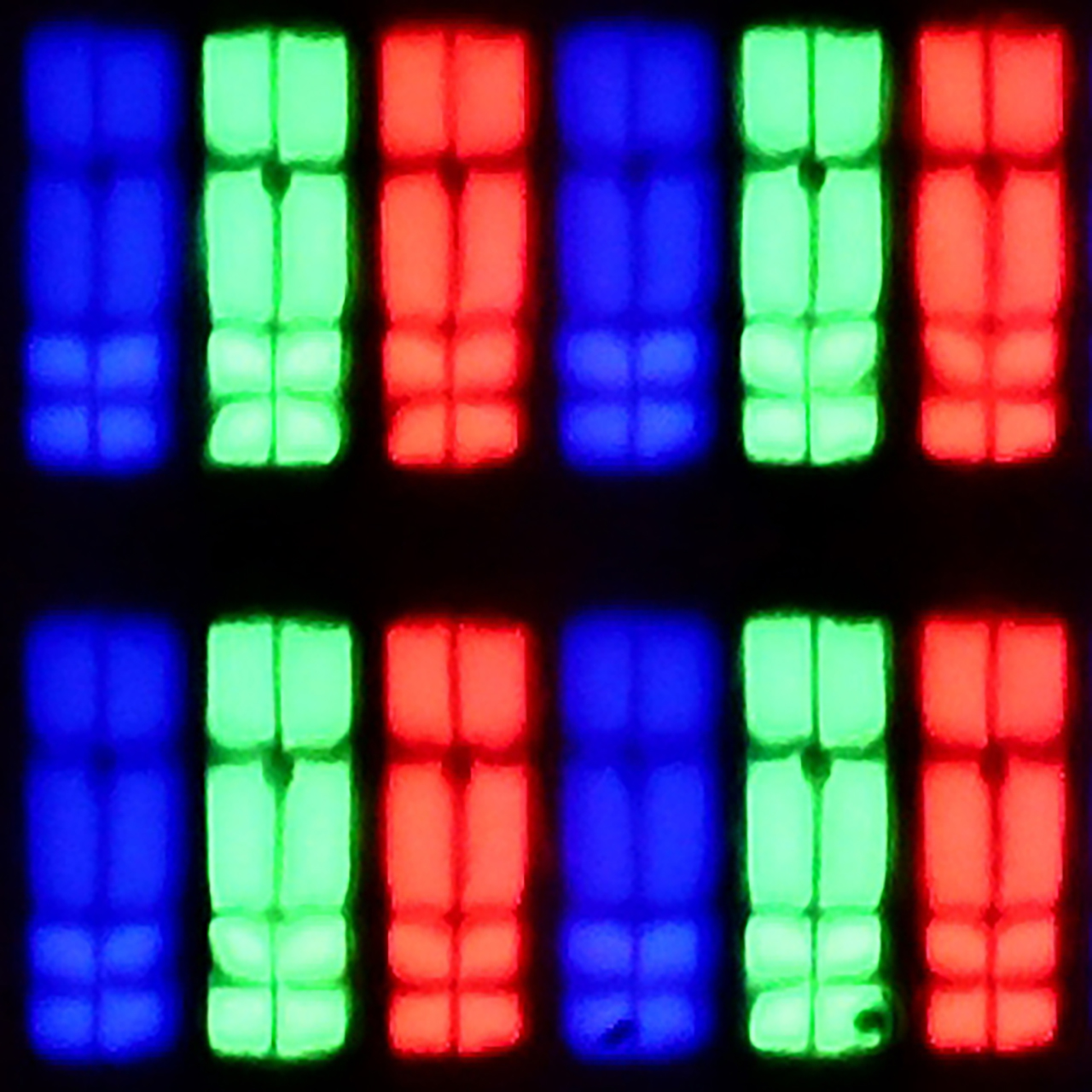
Panel uniformity and thermal imaging:

TCL C7K / QM7K
LG QNED86A / QNED85A / QNED87A
TV features
7.3/10
8.4/10
- HDMI inputs2 x HDMI 2.0, 2 x HDMI 2.1 48Gbps0 x HDMI 2.0, 4 x HDMI 2.1 48Gbps
- OutputsToslink (Optical audio), eARC (HDMI), ARC (HDMI)Toslink (Optical audio), eARC (HDMI), ARC (HDMI)
- Network InterfacesWi-Fi 2.4GHz, Wi-Fi 5GHz, Ethernet (LAN) 100MbpsWi-Fi 2.4GHz, Wi-Fi 5GHz, Ethernet (LAN) 100Mbps
- TV receptionDVB-T, DVB-T2, DVB-S, DVB-S2, DVB-CDVB-T, DVB-T2, DVB-S, DVB-S2, DVB-C
Classic features:
- Recording to USB (terrestrial TV)
- Recording programming
- Picture in Picture (PiP)
- RF remote control (no need to aim at the screen)
- Backlit remote control
- Teletext
- Audio only mode
- Bluetooth headphones support
- Simultaneous Bluetooth headphones & TV audio
Smart features:
- AirPlay
- Screen mirroring (Windows Miracast)
- Voice search
- Voice search in native language
- Ability to connect a keyboard and mouse
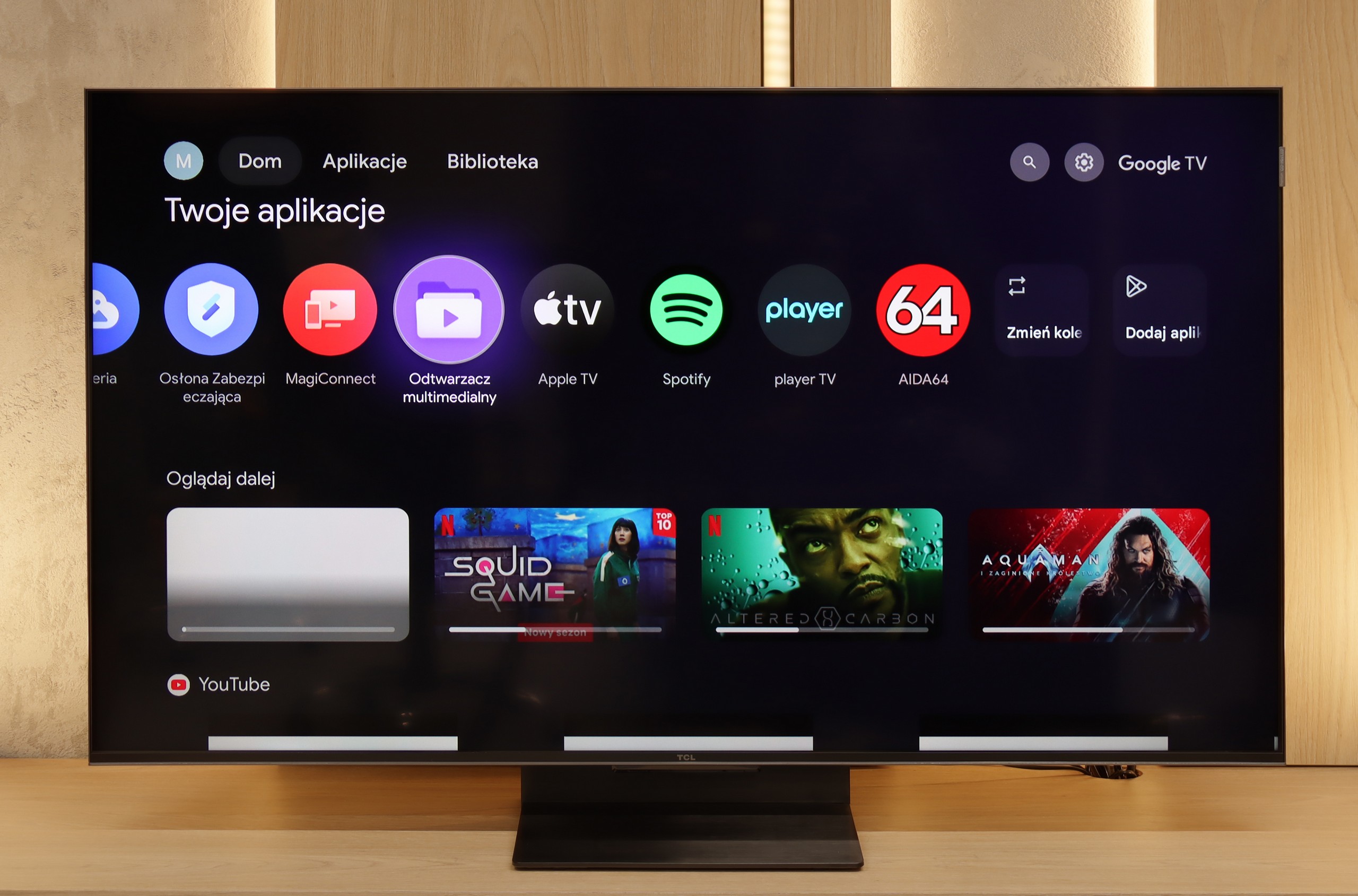
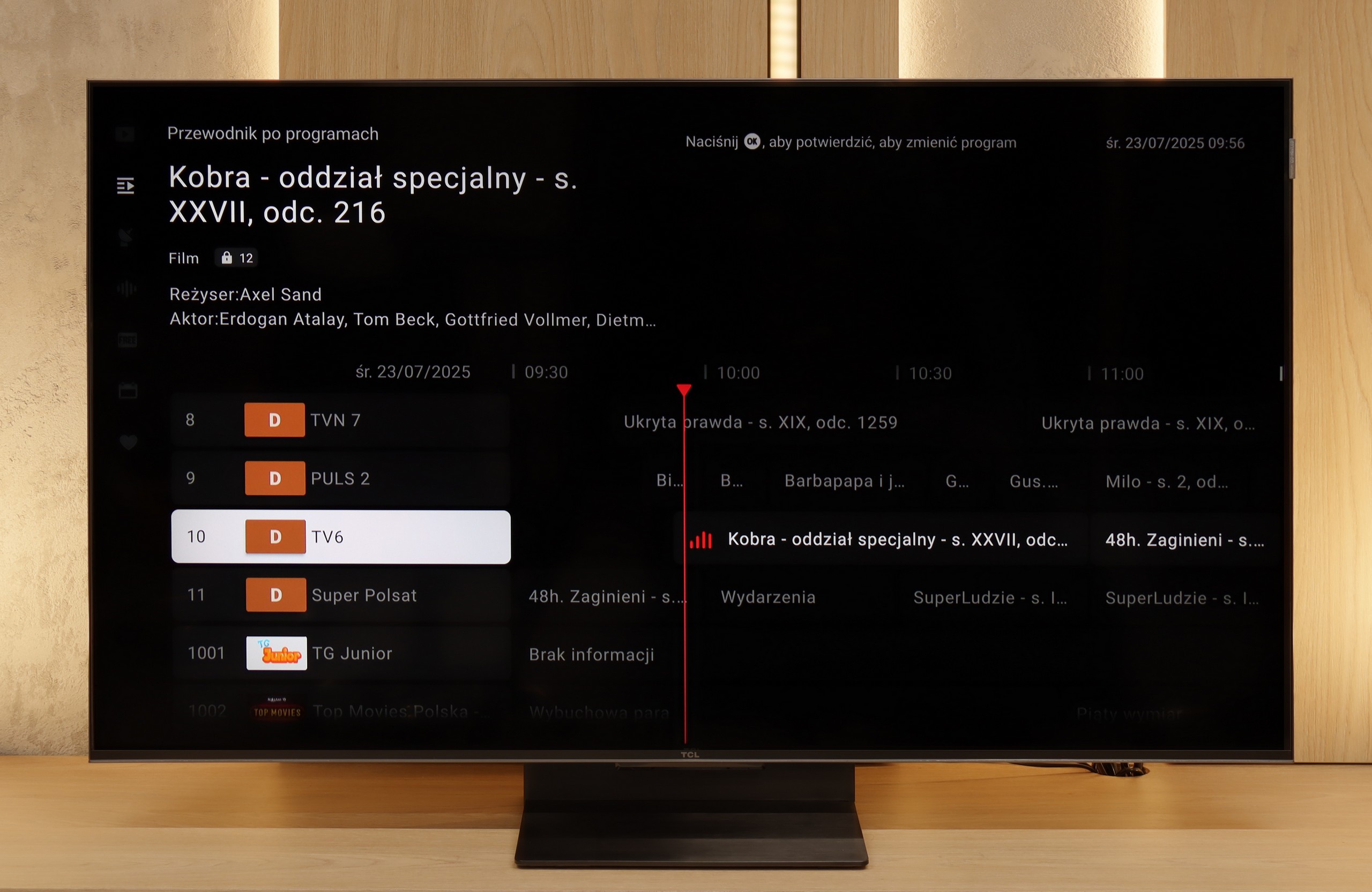
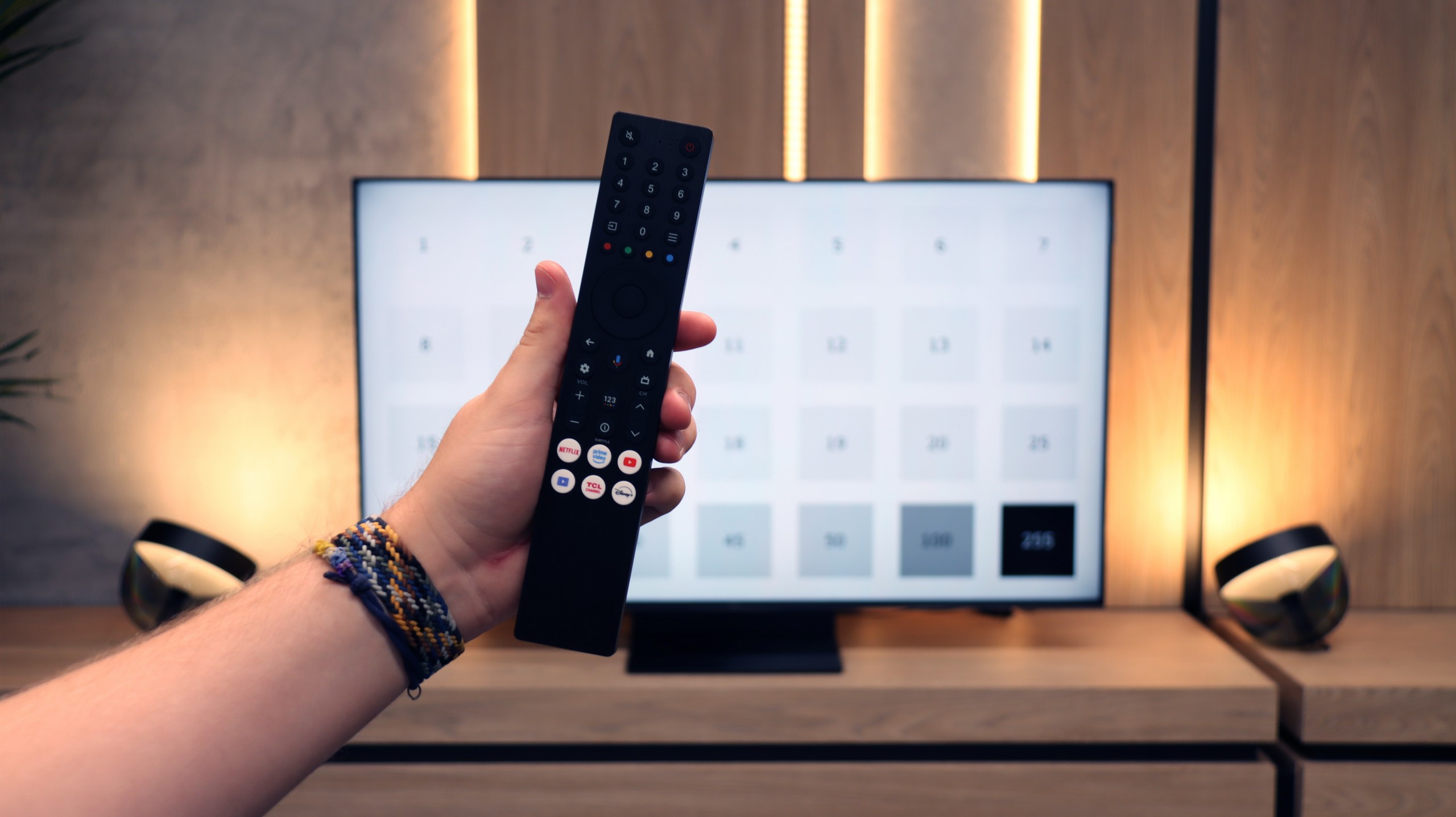
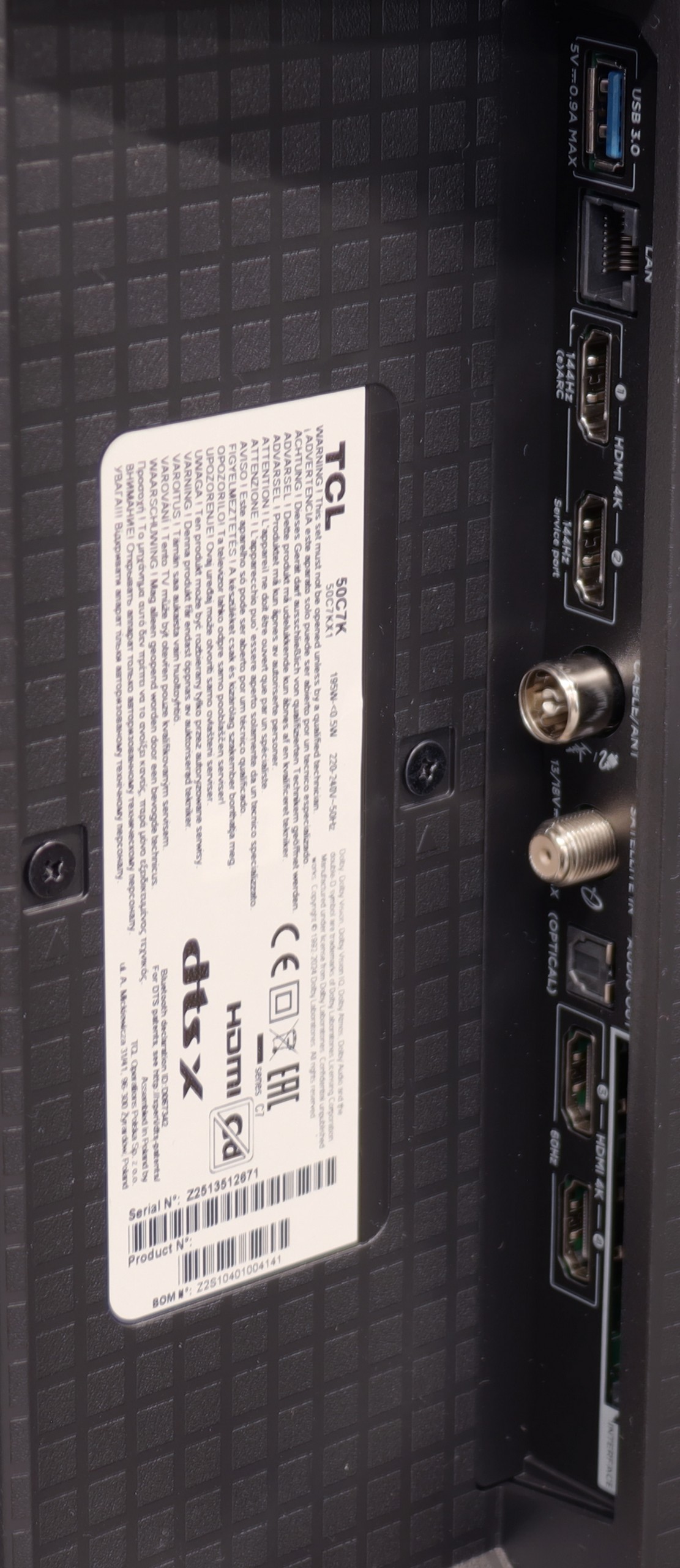




SmartTV: GoogleTV
The biggest strength of the TCL C7K in everyday use is undoubtedly the Google TV system. It is thanks to this that we have access to an almost endless library of applications, including some more niche ones that are often unavailable on other platforms. The built-in Google Assistant understands Polish, so we can easily ask what is on TV, what the weather is like, and even give a few voice commands to control the television. The presence of Chromecast and AirPlay, which work smoothly and make life easier, is also a plus.
Usability Features
However, the traditional functions are a bit lacking. Of course, we have the basics – teletext, EPG, or the ability to connect headphones – but that’s pretty much where it ends. There's a lack of USB recording features or picture-in-picture (PiP) mode, which can still be found among competitors. It's also worth remembering that Google TV in the TCL version sometimes has strangely translated menu sections or minor interface errors. These aren’t issues that hinder daily use, but detail-oriented individuals may notice them.
Smart Features: webOS
QNED86A6A runs on the well-known webOS – a system that has been a strong point of LG TVs for years. Everything operates quickly and smoothly, applications launch without significant delays, although the interface can sometimes feel a bit overloaded with ads. Fortunately, day to day, the convenience outweighs the shortcomings. A significant advantage is the Magic Remote, which allows you to control the cursor like a mouse – it's one of those solutions that you quickly get used to and later find hard to give up. In the new version, the remote is slimmer, as it has been stripped of the numeric keypad. Some will appreciate the simplicity, while others will miss the classic set of buttons; it’s more a matter of habit.
Classic Features
On board, we also find some solutions that in 2025 are not always obvious. There is the option to record programs from the built-in DVB-T2 tuners to USB, so you can easily return to a match or series at any time. In the evening, Bluetooth headphone support is handy – especially if someone in the house falls asleep quicker than we do. Additionally, there’s a full set of HDMI 2.1 ports with eARC support and audio formats such as Dolby Digital or Dolby Atmos.
Playing files from USB
9.2/10
8.9/10
Supported photo formats:
Maximum photo resolution:
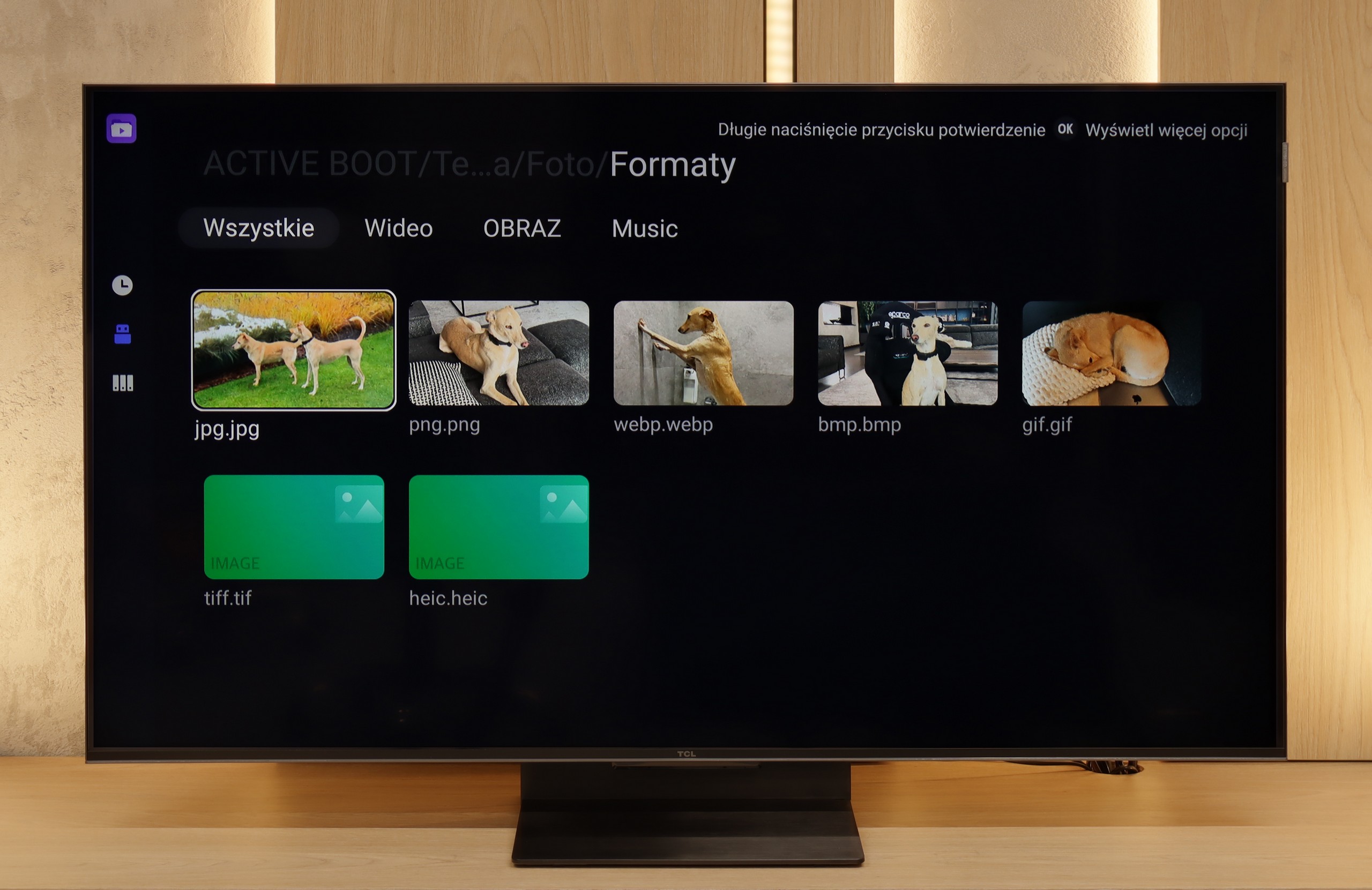

The built-in file player in the TCL C7K performs really well. It supports most popular audio and video formats, so if we want to quickly plug in something from a USB drive and get it going – there shouldn't be any problem. Of course, as is often the case, you can find some minor shortcomings – not every exotic codec will work (Apple's HEIC), not all subtitles will be perfectly synchronised (txt.). However, the biggest advantage of this television comes to the rescue, which is Google TV. With access to the Google Play Store, we can easily install an alternative player, such as VLC, and then no files will frighten us.
The built-in media player in the QNED86A6A handles the most popular audio and video formats quite well. During testing, we had no issues playing MP4, MKV, or MP3 files; everything played smoothly and without hiccups. The TV also managed most images, although here we encountered a common barrier for many manufacturers – the lack of full support for the HEIC format from Apple. So, if you regularly use an iPhone and store photos in this standard, you'll need to convert them beforehand or, better yet, transfer them using AirPlay. Other than that, it's hard to find fault; as far as built-in solutions go, it's really decent.
Apps
9.6/10
9.1/10














































Sound
7/10
6/10
- Maximum volume76dB84dB
- Dolby Digital Plus 7.1
- Dolby True HD 7.1
- Dolby Atmos in Dolby Digital Plus (JOC)
- Dolby Atmos in Dolby True HD
- DTS:X in DTS-HD MA
- DTS-HD Master Audio
To be honest, we didn't expect much from the sound of the 50-inch version of the C7K model. Usually, in such sizes, it's hard to find anything more than thin, flat sound. But here – a pleasant surprise. The sound turned out to be really enjoyable, with good clarity and even a subtly noticeable bass. This is probably linked to TCL's new collaboration with the Bang & Olufsen brand, which is a novelty for 2025. Whether the C7K actually contains original drivers from the Danish premium brand – we can't confirm that. But the end result still deserves a thumbs up. For a TV without a soundbar – it sounds quite nice.
In terms of sound, the QNED86A6A performs quite decently, but let's not kid ourselves – it’s not a level that will impress home cinema enthusiasts. The sound is clear and distinct, dialogues are easily heard, but overall it sounds rather flat and definitely lacks solid bass tones. For everyday TV watching, streaming services, or news, it’s an acceptable level, however, if you're planning to watch movies or play games more often, even a basic soundbar will make a significant difference.
Acoustic Measurements
76dBC (Max)
75dBC
84dBC (Max)
75dBC


